Friday, February 27: After visiting Shwedagon Pagoda at dawn, I return to the hotel to have breakfast before I shower and go out for my second day in Yangon. The older lady from South Carolina who is visiting Myanmar from Calcutta, where she lives with her pastor husband, is sitting on one side of me. Another young couple I recognize is sitting on the other side, and at first I think it’s the Canadian couple from yesterday who went to the elephant reserve. I know they look familiar anyway, so I ask how they enjoyed the elephant reserve. They look at me curiously. It turns out it is Molly and James, from New York and Tennessee respectively, from a slow cruise down the ayeyarwady river from mandalay to bagan. They are teaching in Yunnan province in China and they had recommended that I stay at this hotel when we were on the boat ride. I can’t believe I got them confused with the other couple from yesterday’s breakfast!
Molly and James are leaving this afternoon on a direct flight from Yangon to Kunming. I don’t know why I didn’t find that flight; I booked a flight for tomorrow to Mandalay with an overnight in Mandalay, and then a flight from Mandalay to Kunming the day after. I could have saved myself a lot of jumping around if I had found the direct flight they found!
Oh well, what’s done is done!
I put some stuff together in my backpack to take to the Central Post Office on the Strand. I figure I’ll send some of my purchases directly home to Virginia rather than sending them to China and then having to transport them back home in July. When I get to the post office, the postal worker takes every single thing out of my bag to inspect it. She holds aside two Buddha figures I bought, shown below. I bought them from vendors at Inle Lake who sell souvenirs to tourists.
The postal worker proceeds to tell me that figures of the Buddha are not supposed to be taken out of Myanmar and she asks if I’m Buddhist. I tell her no but I’m drawn to Buddhist principles. She asks why, then, do I want to take the Buddhas? I say I like them for their serenity and as collector’s items. I will put them in my home as reminders of my travels and the many Buddhas I’ve encountered. She doesn’t seem to understand why anyone would do this. She then tells me I need to obtain permission from the National Museum or the Department of Archeology, some such. She writes the address in Burmese script and tells me to go there or I won’t be able to take the objects out of the country.
As I spent good money on these objects, I’m pretty outraged that now I’m told I might not be able to take them out of the country. I’m also annoyed that I have to waste my last day in Yangon searching out this place on the outskirts of the city, about 6km away on the other side of town. With Yangon’s crazy traffic, it takes almost an hour to get to the place. When I arrive, I sit in a shabby office while a woman inspects the two Buddhas. First, she refuses to grant permission for the Buddha head because the back half of it has been cut away. She tells me it needs to be three-dimensional. When she tells me that they will NOT give permission for either Buddha, I complain that I spent good money on these. I say they shouldn’t allow vendors to sell them to tourists if we’re not going to be allowed to take them home. Finally, she goes to get the director. She then asks me to wait 25 minutes while the officials finish their lunch meeting, as if I have all the time in the world. Before the director comes, she tells me to put the half-Buddha head into my bag, which seems her way of telling me just to take the head out of Myanmar without permission!
The director finally arrives and measures the reclining Buddha with her fingers at 7 inches. She cuts a piece of string, lights a candle and melts wax onto a small piece of white cardboard to signify that the authorities deem it to be new and not an antique. She wraps the tag around the Buddha’s lower arm and completes a document granting permission for the reclining Buddha. After this, another woman official comes in and signs and stamps the permission form, spelling out all the details of the Buddha. She photocopies my passport and writes everything carefully in a ledger.
All this while, I’m sitting at a big wooden table in this disheveled office, papers and pamphlets piled on top like mountains. This place seems like some shabby building in the middle of nowhere and the people working here don’t seem all that official at all!
Finally, after this ordeal is over, I schlep back to the main road with both Buddhas in my pack, where I catch a taxi. By this time, it’s 2:00 and I’m starved. I stop at Biriyani Restaurant for a lunch of Aloo something, breaded vegetables in tomato sauce served over rice. This restaurant with bright pink walls is rather icy, its air-conditioning on full blast. It takes forever to get my food. I can only eat half of it because it’s a huge serving!
After lunch, I catch a taxi to the Bogyoke Aung San Museum, which really isn’t worth the trip. It seems to be out in the middle of nowhere. This house was where General Aung San lived with his family, including his daughter Aung San Suu Kyi, for two years before he was assassinated in July 1947. His widow and the children stayed in the house until 1953, when their second son Lin drowned in a pond on the grounds.
The Colonial era villa, built in 1921, is listed on the Yangon City Heritage List.
Tourists aren’t allowed to take photos inside the museum but no matter; it is only sparsely furnished with, among other things, family photos, displays of his speeches and handwritten letters to his wife.
By this time, I am exhausted and irritated that much of my day has been wasted. Though I originally intended to see two more pagodas, I go straight back to the hotel, where I stay in my pajamas the rest of the night. I am exhausted from the whole ordeal of the Buddhas; I’m tired of the city and generally travel-weary after having traveled all over China and Myanmar for 6 weeks. I’m not even hungry, although I do have one Myanmar beer and a bag of chips in my room.
Tomorrow morning, I leave Yangon for Mandalay.


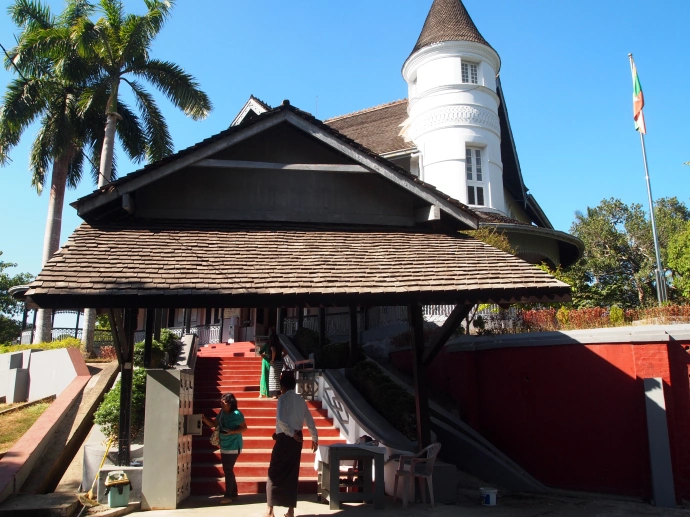
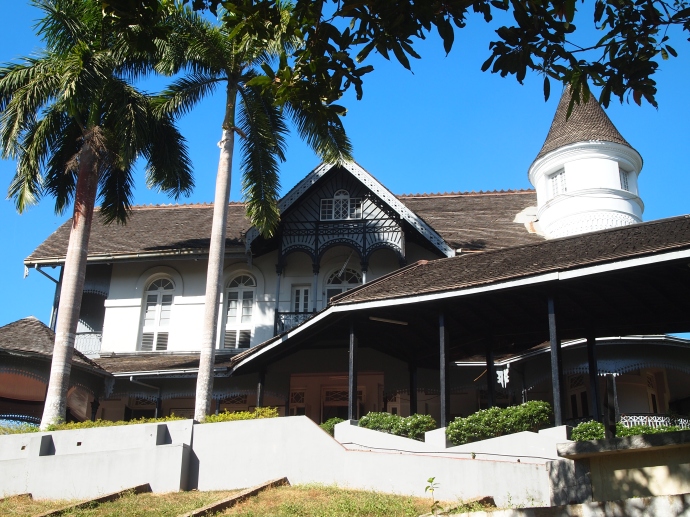
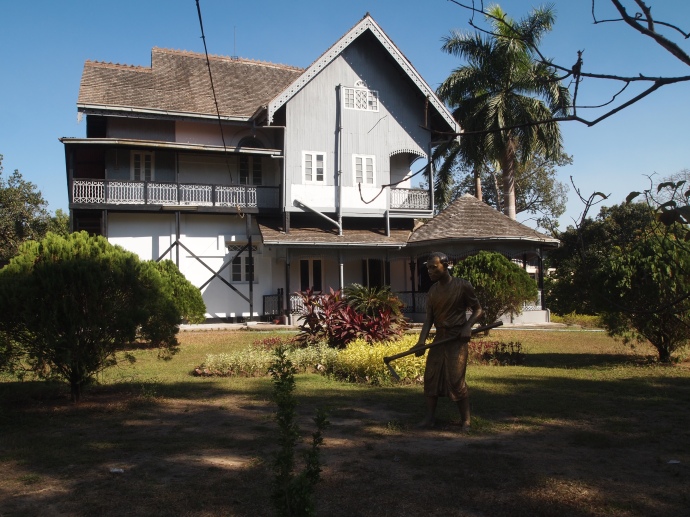
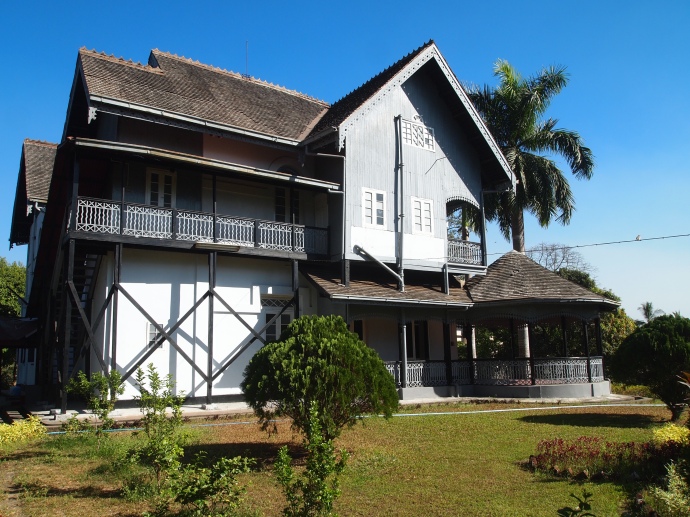

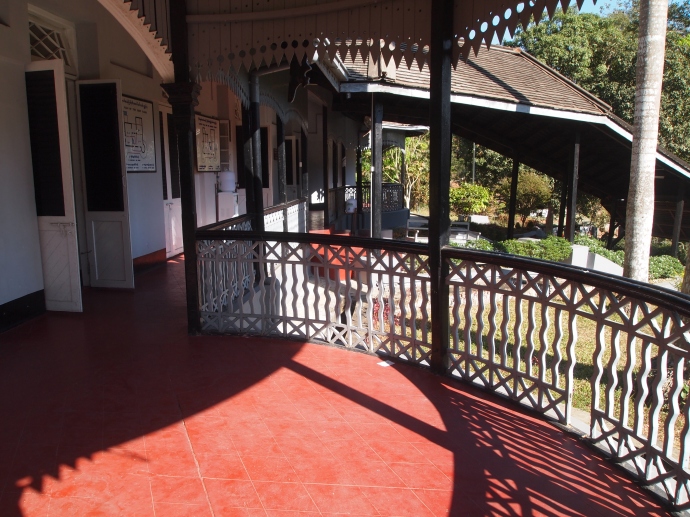
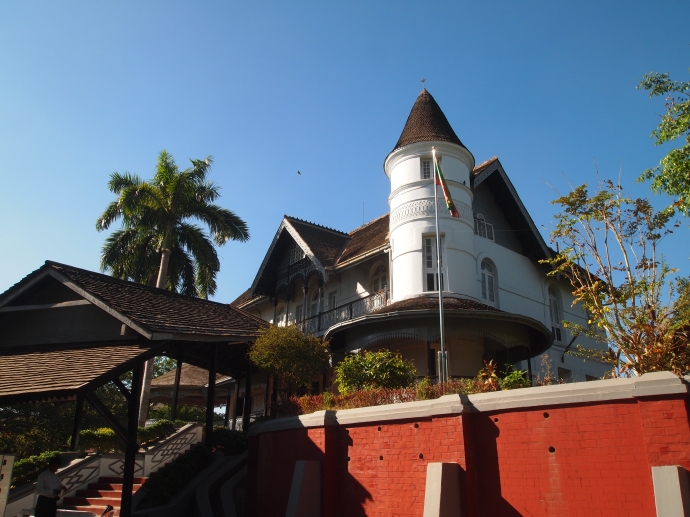




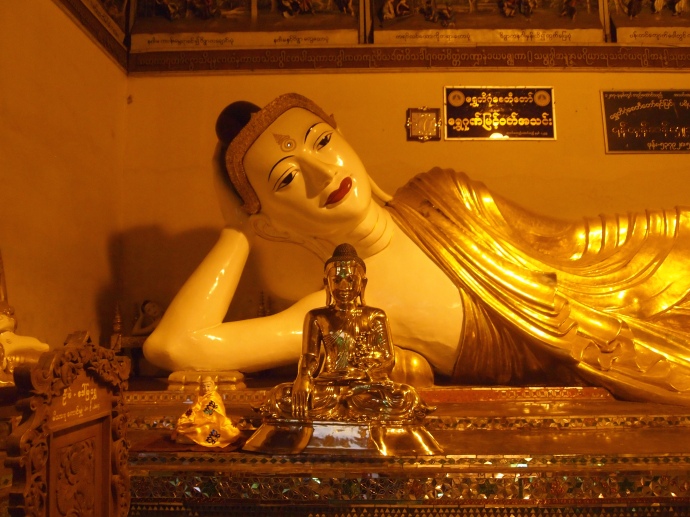


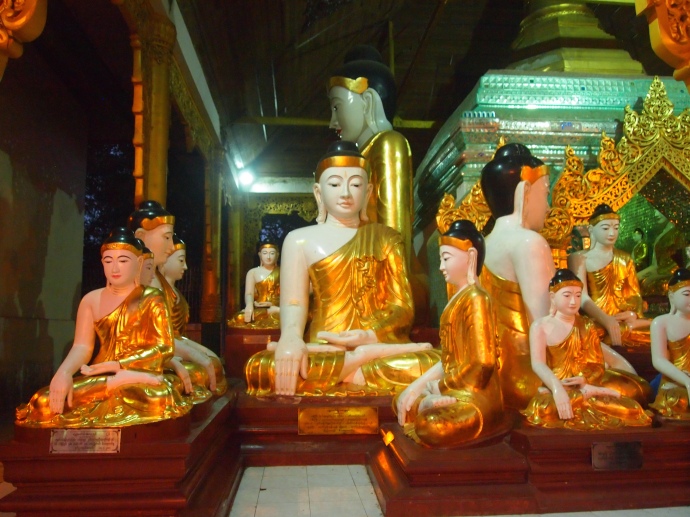
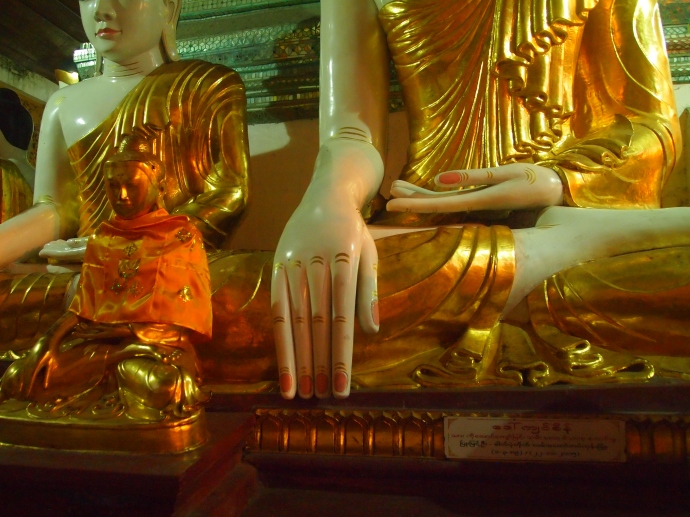

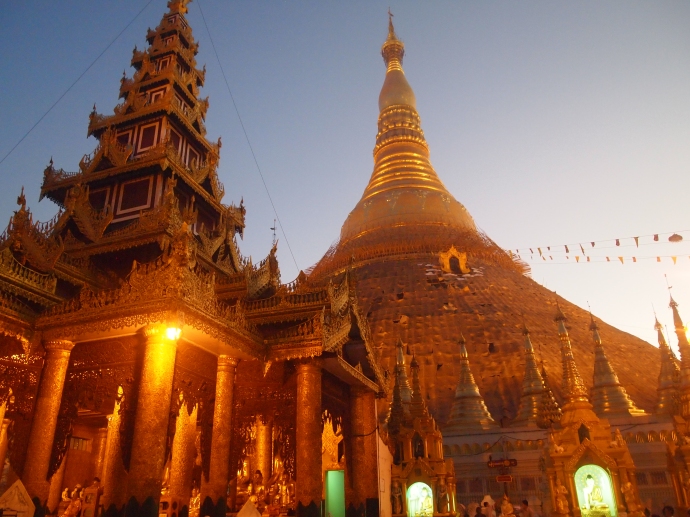

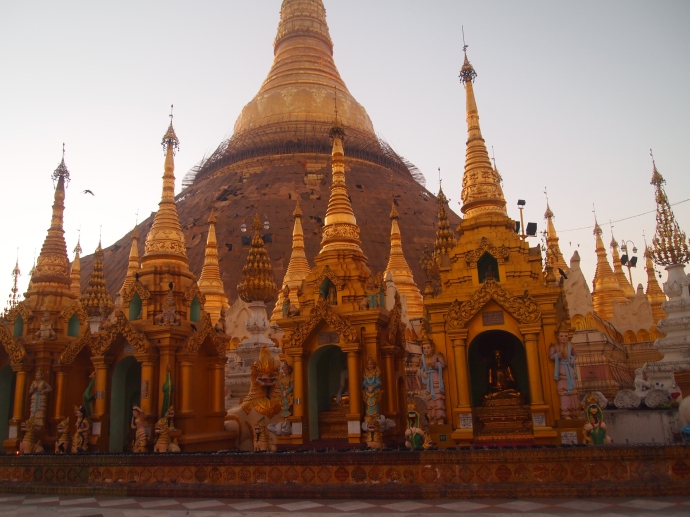
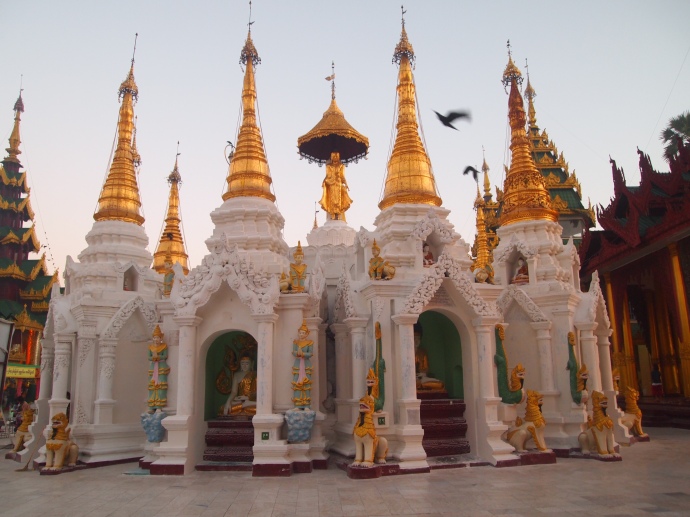
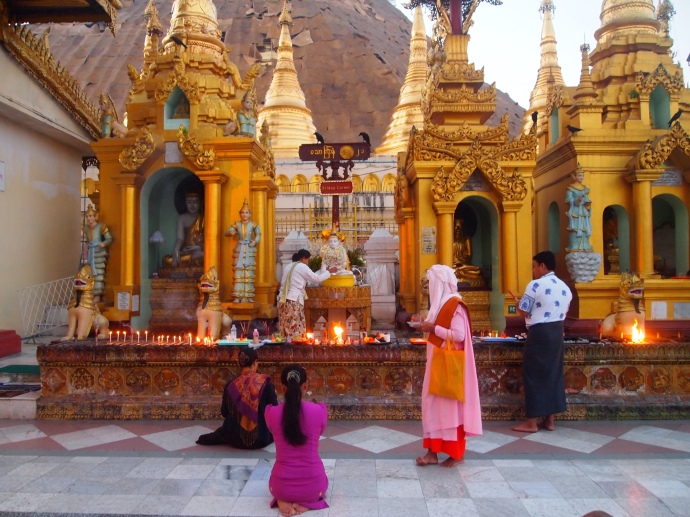








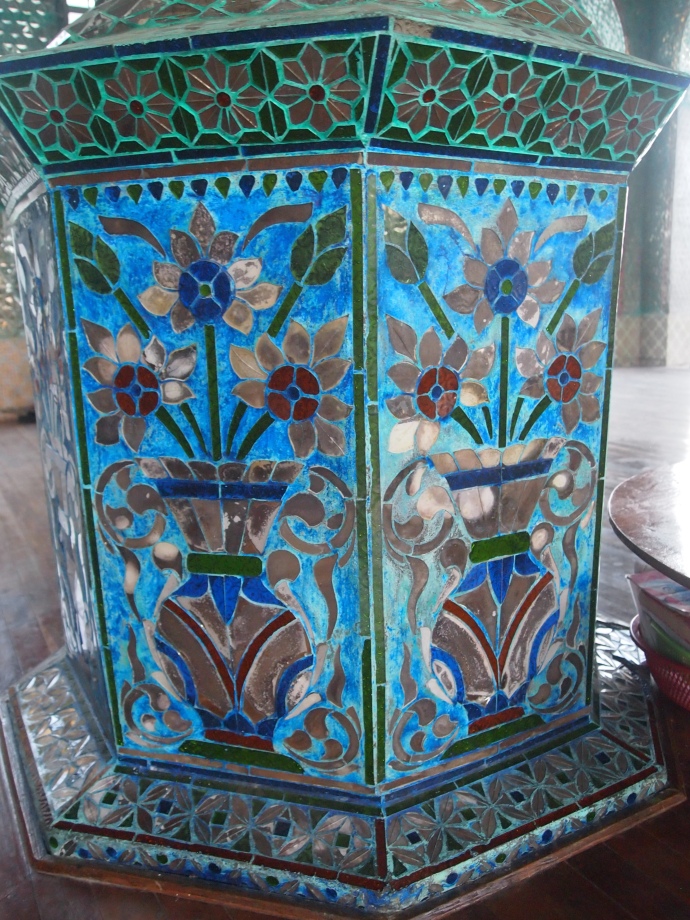
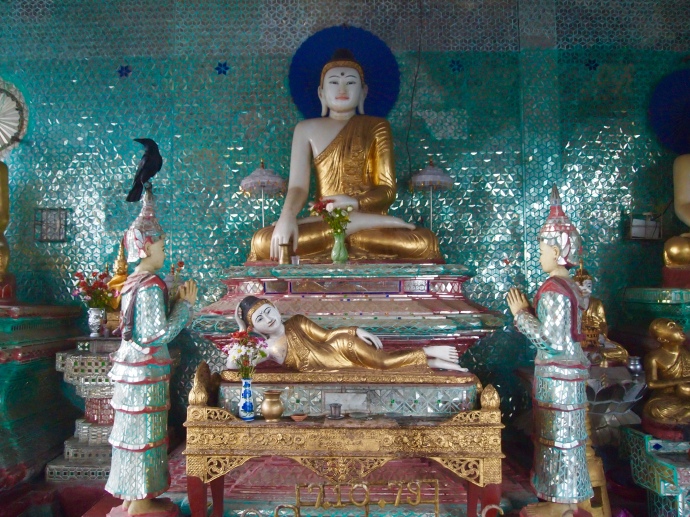


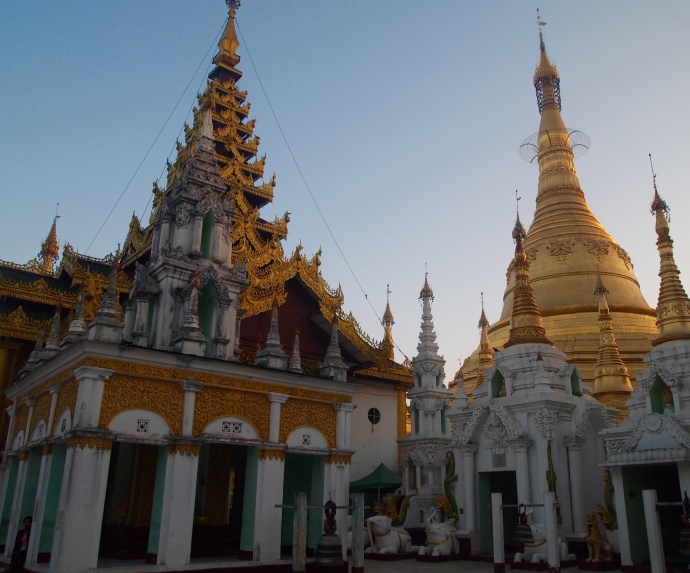
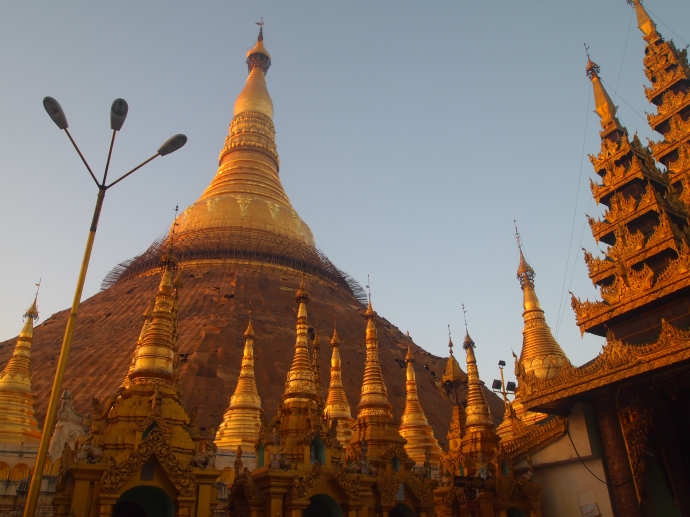
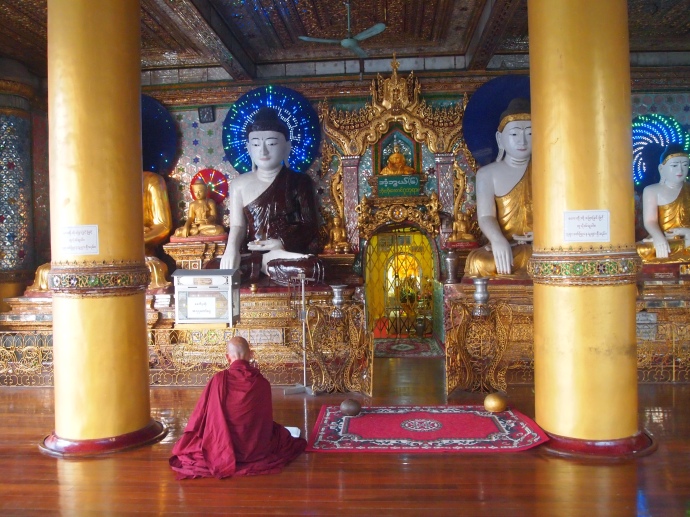
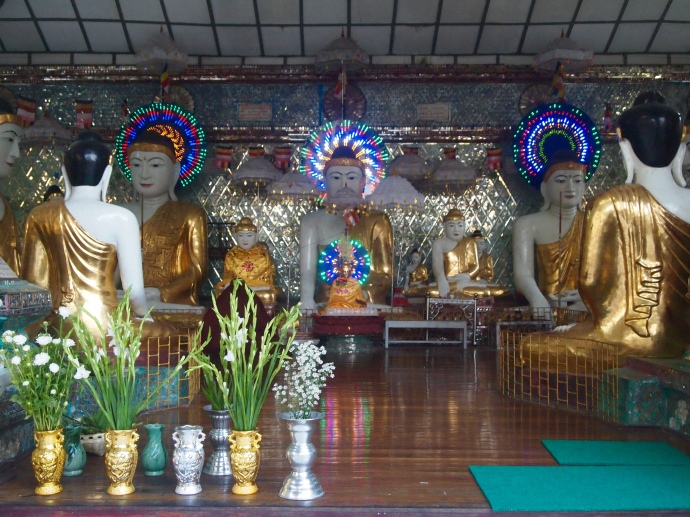

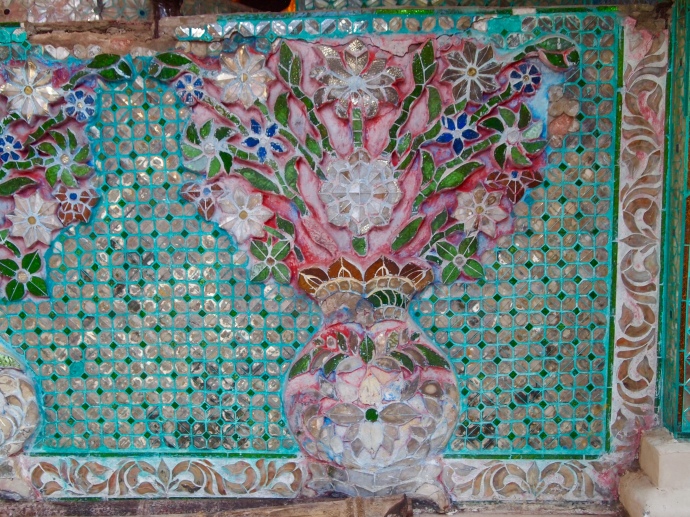
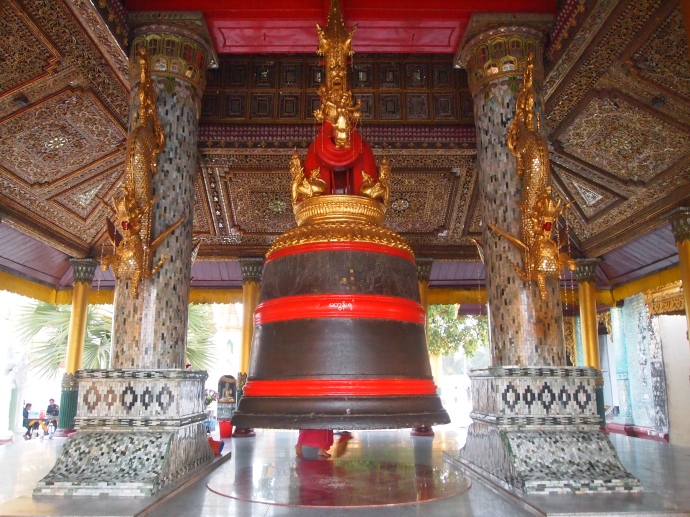


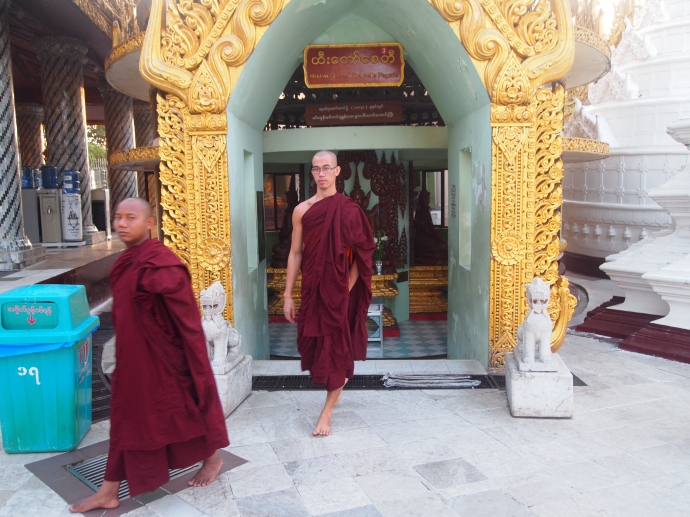





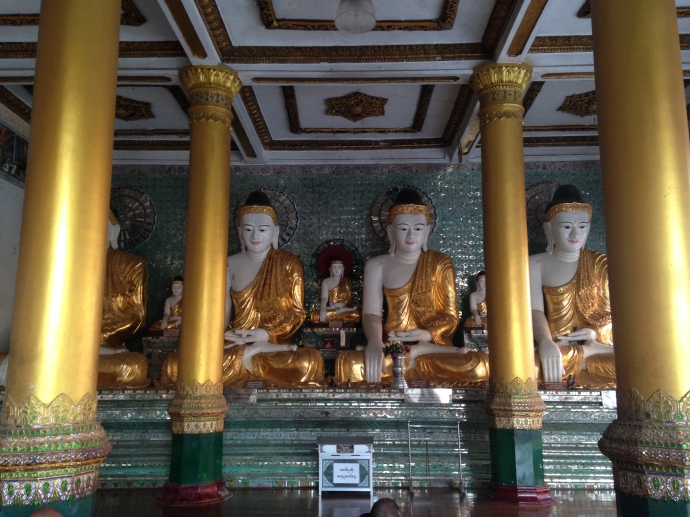


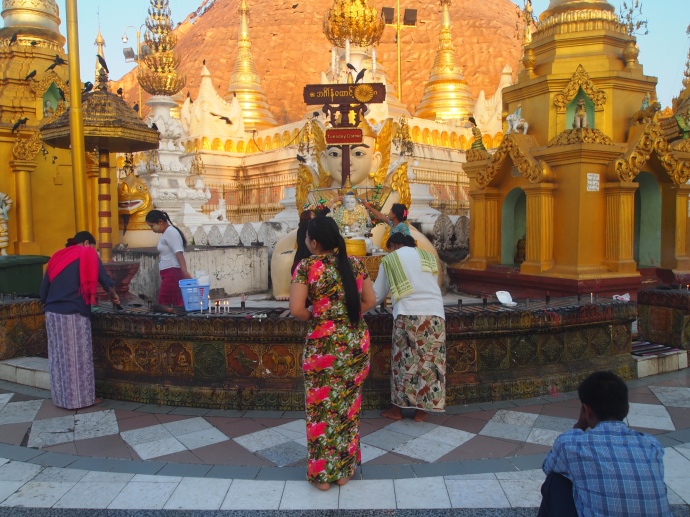
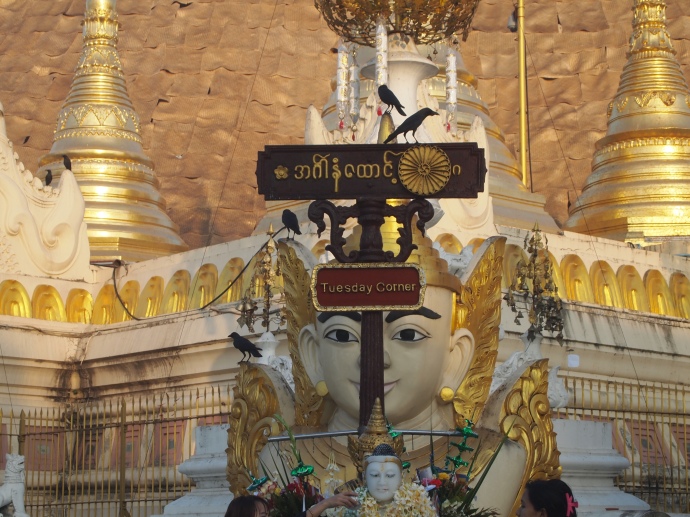

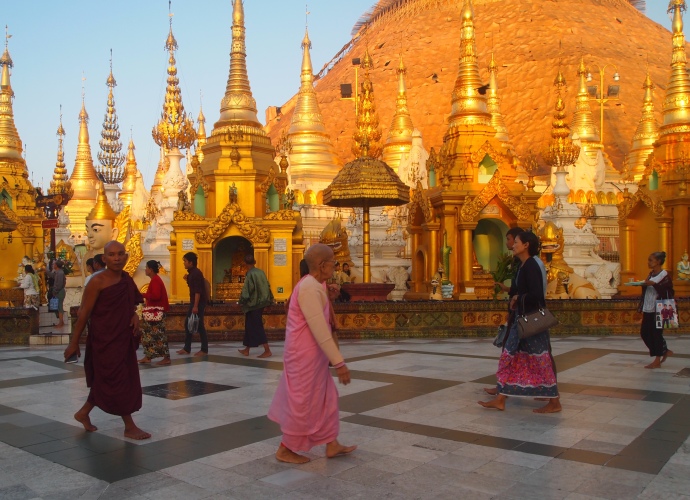
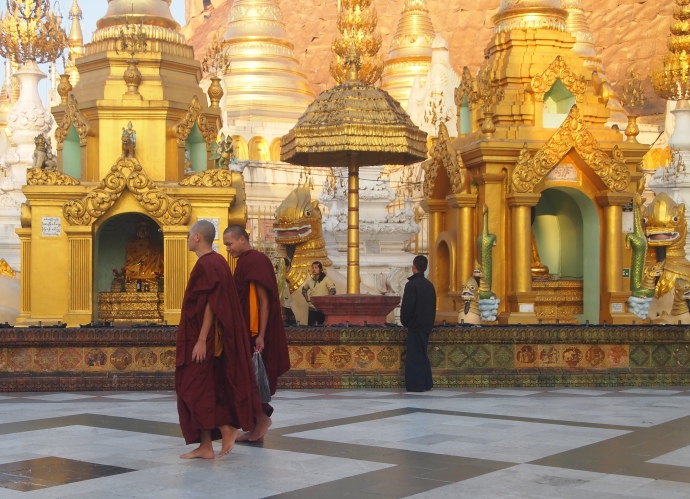
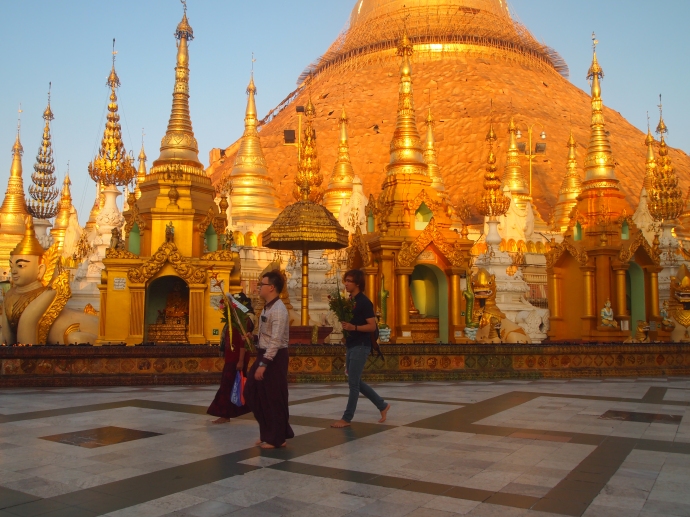













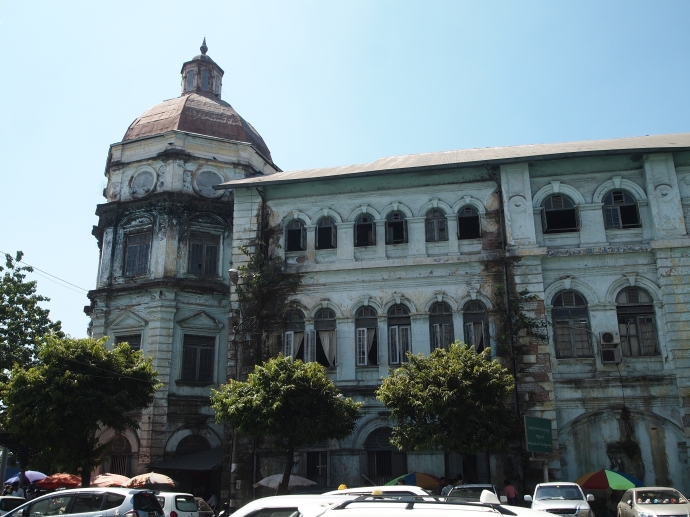
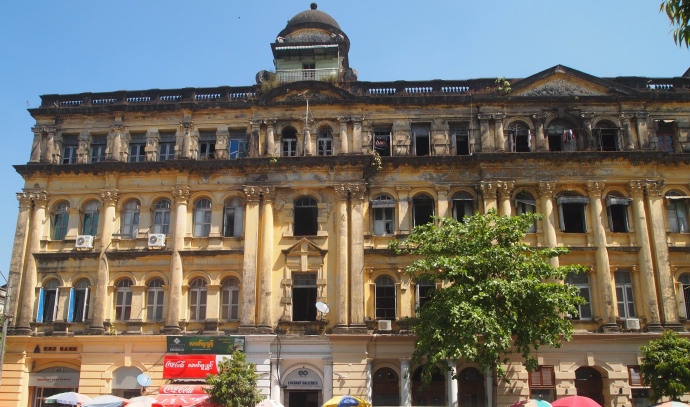









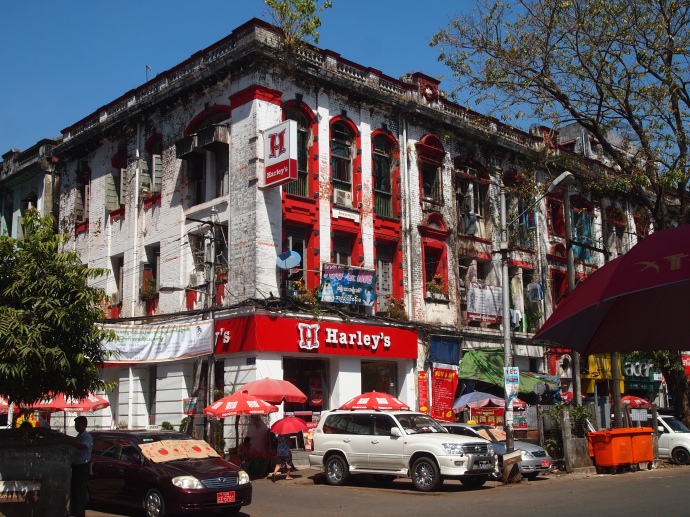
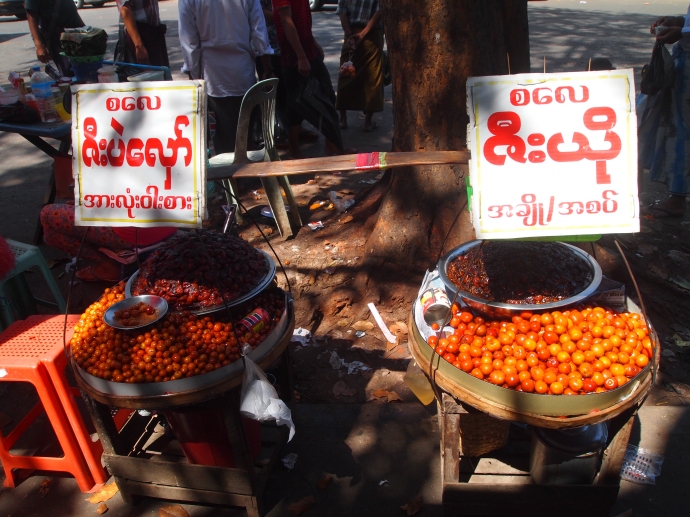
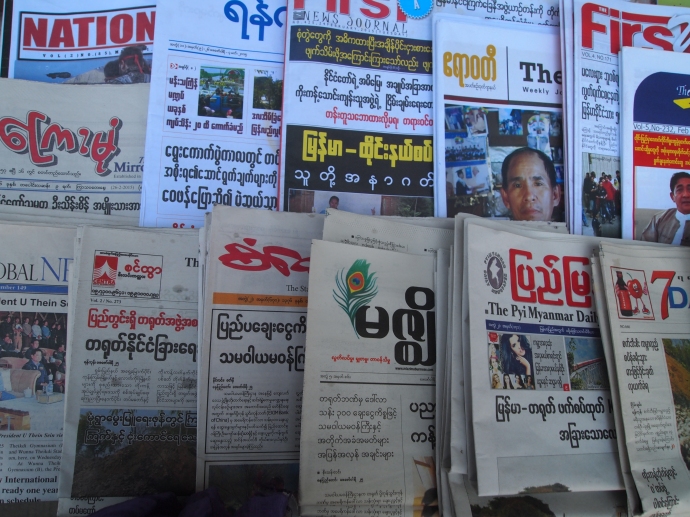
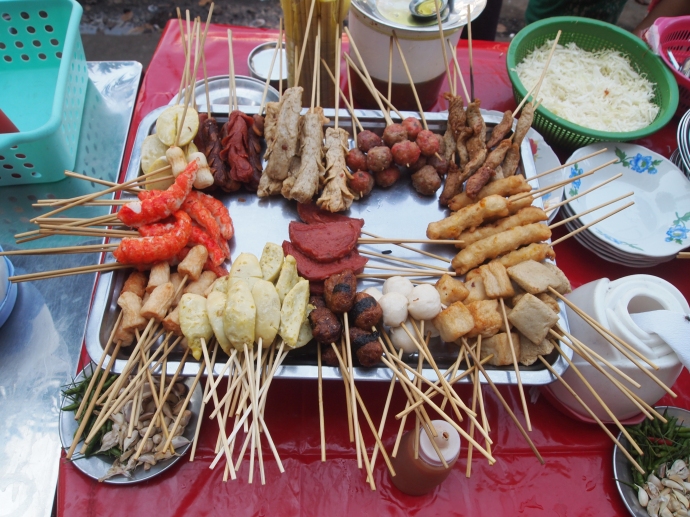

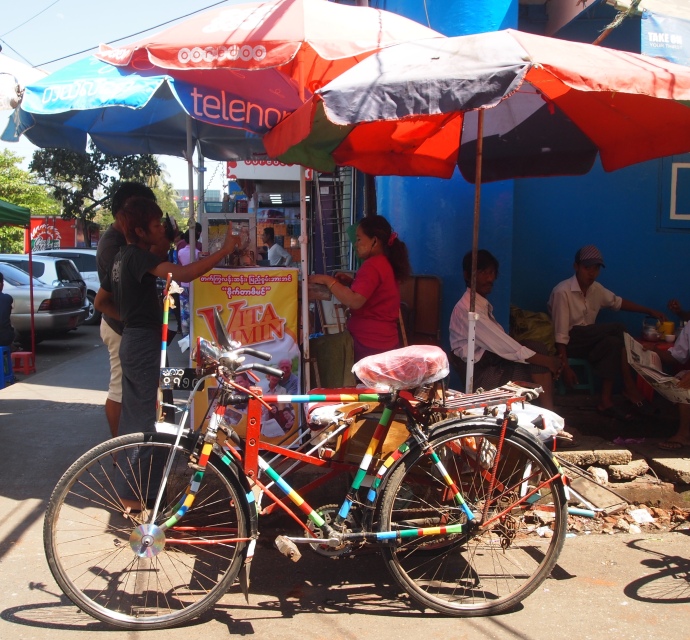

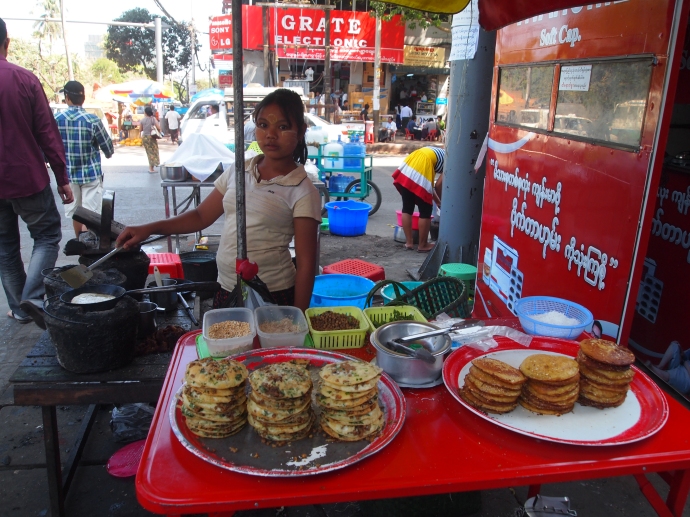
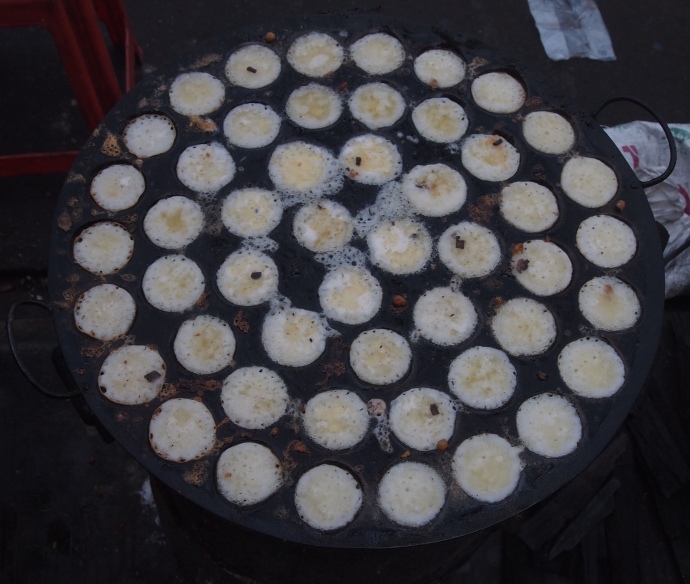
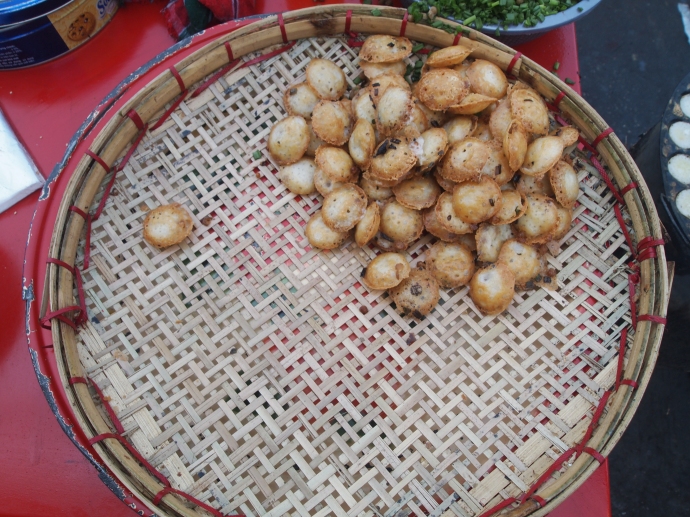
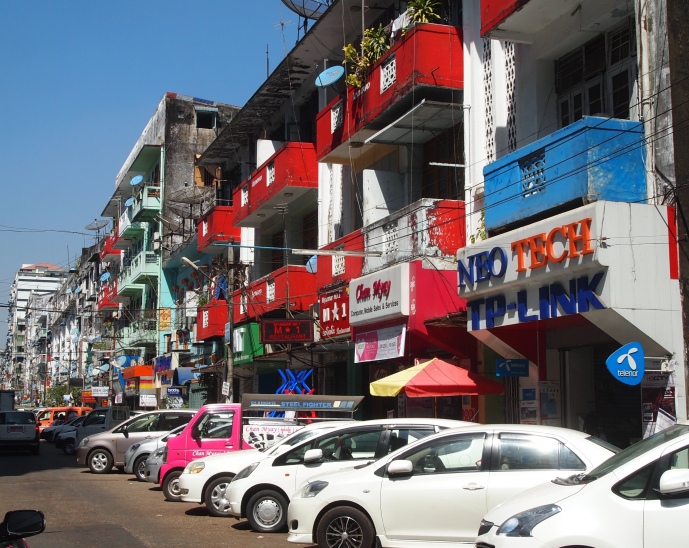
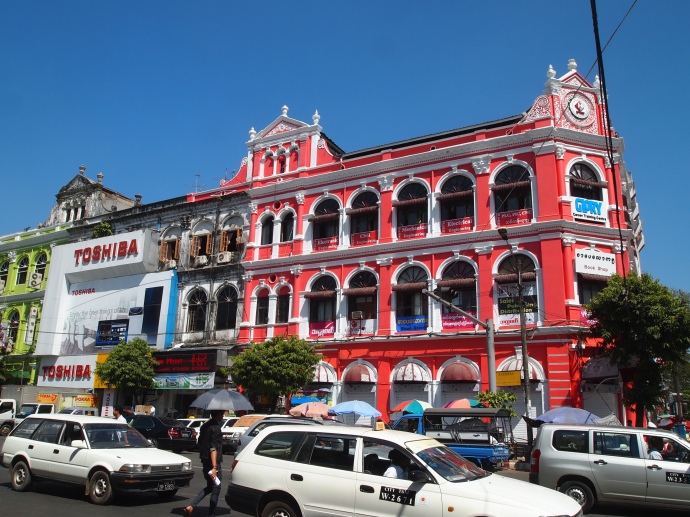

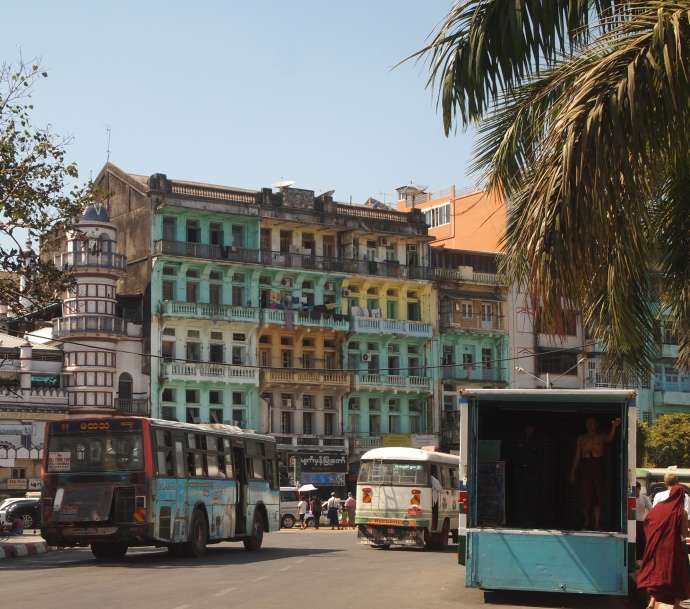
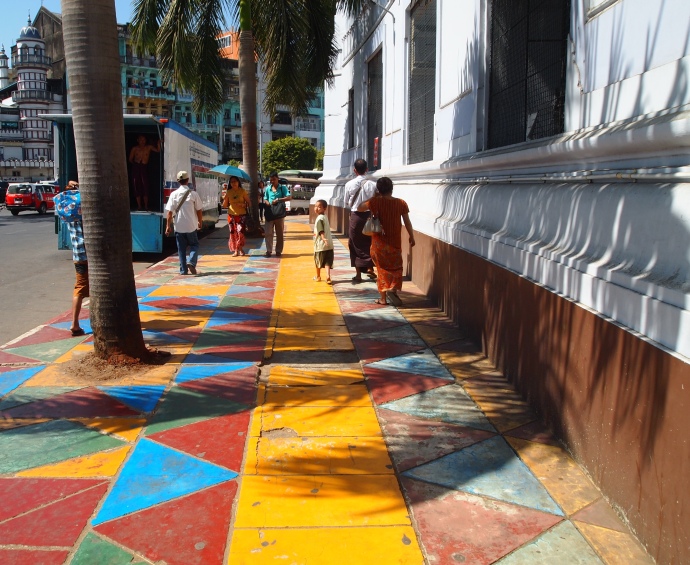
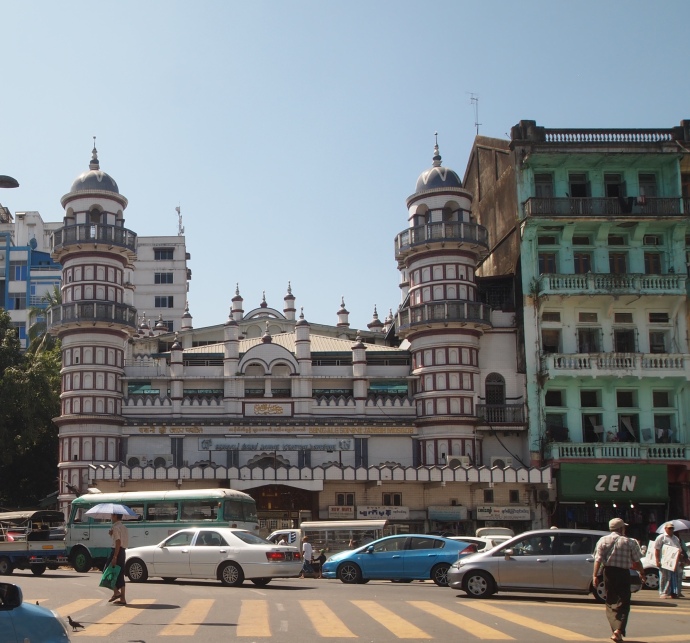
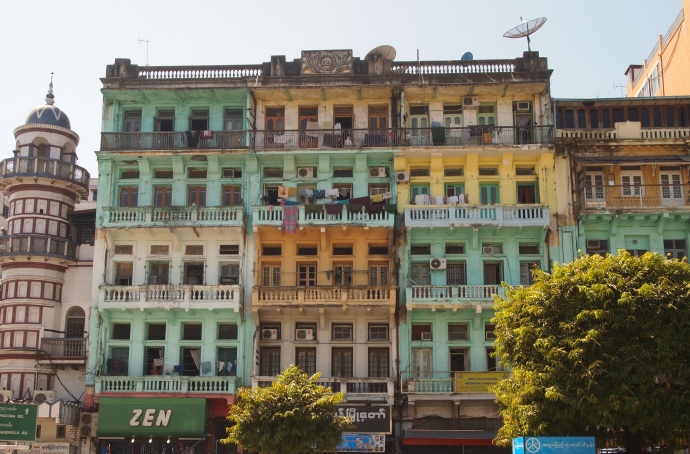
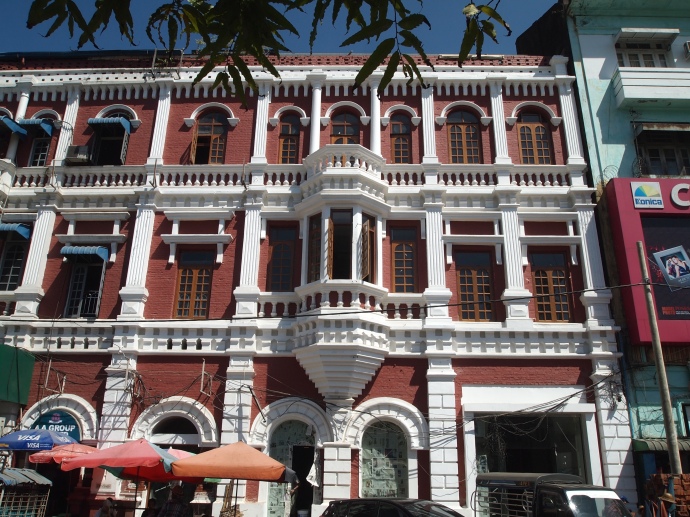
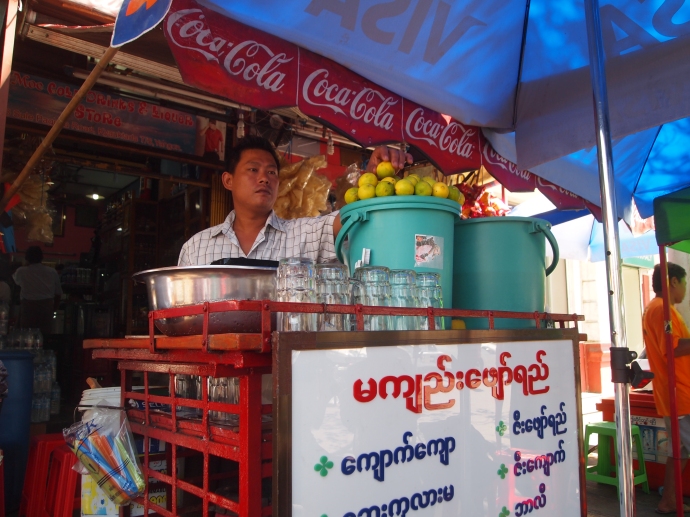




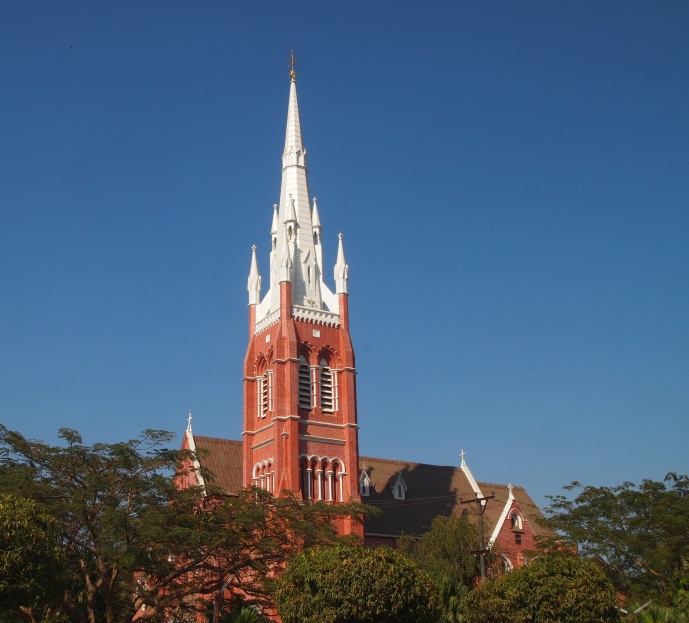









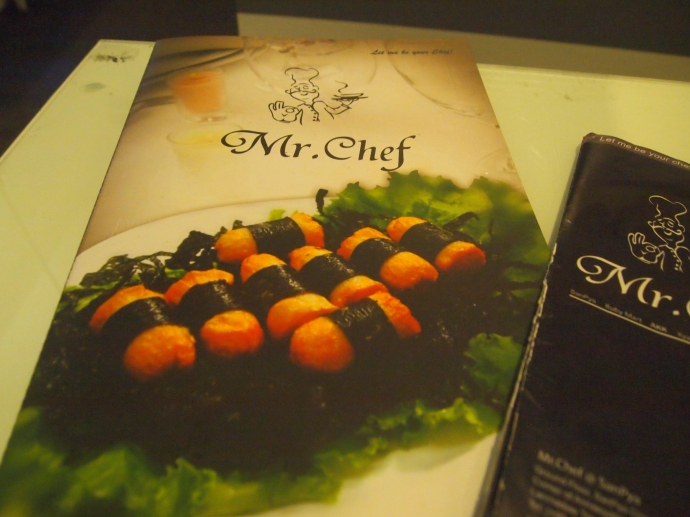

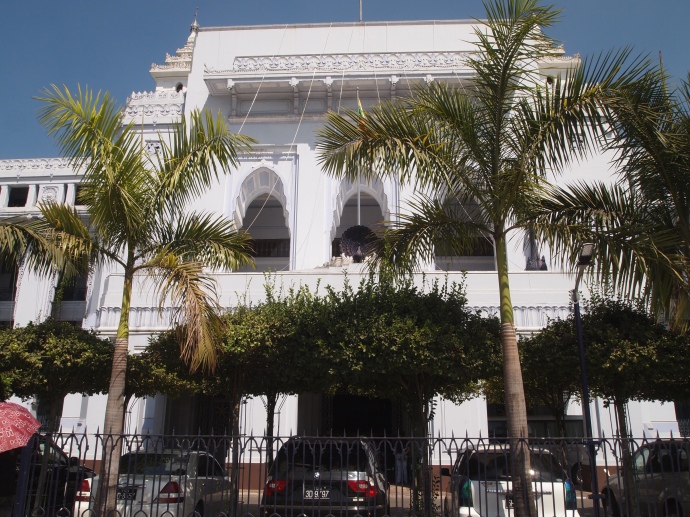
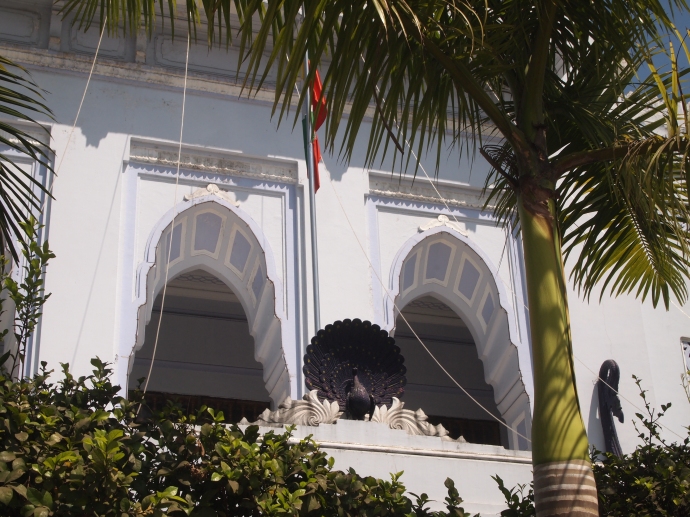


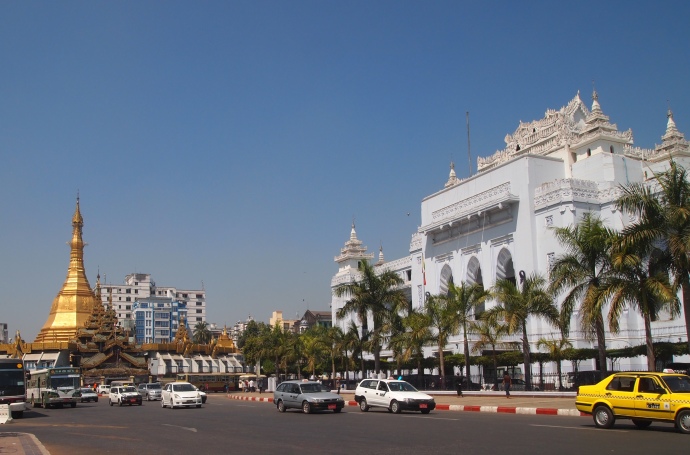

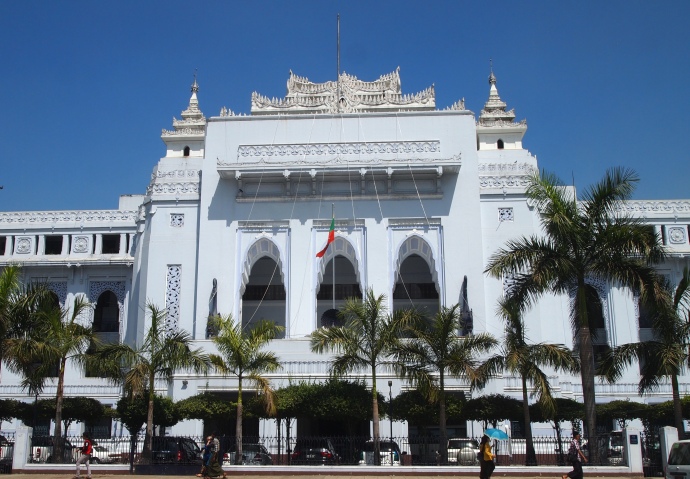



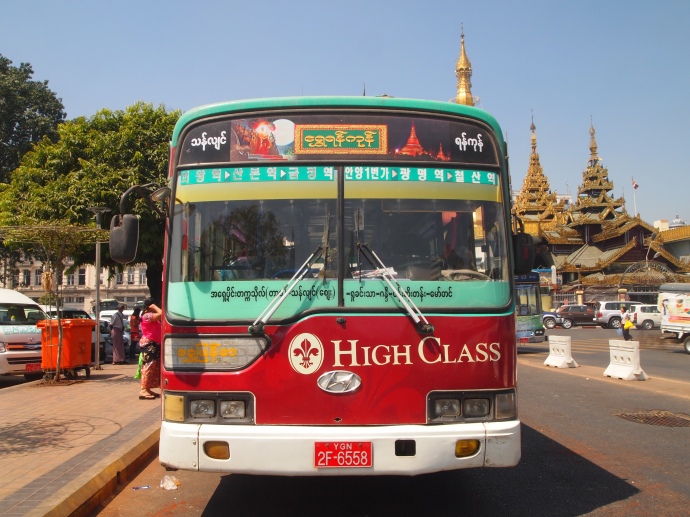



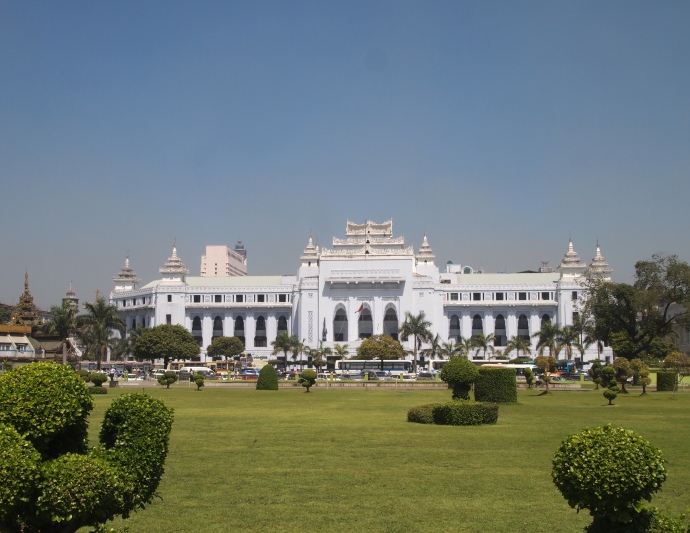
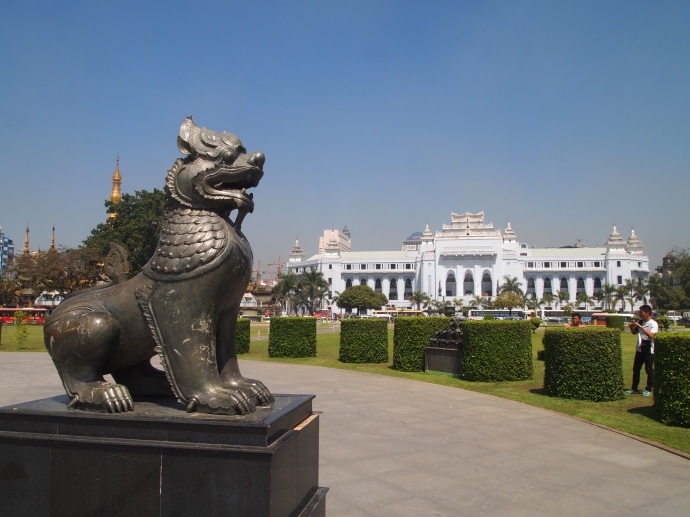



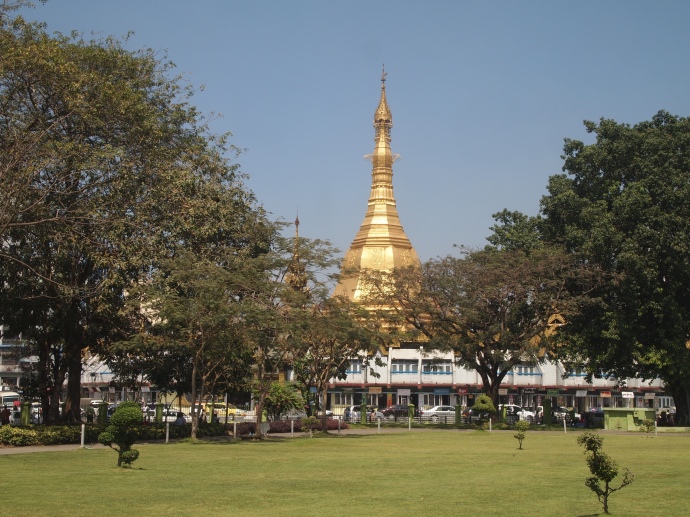
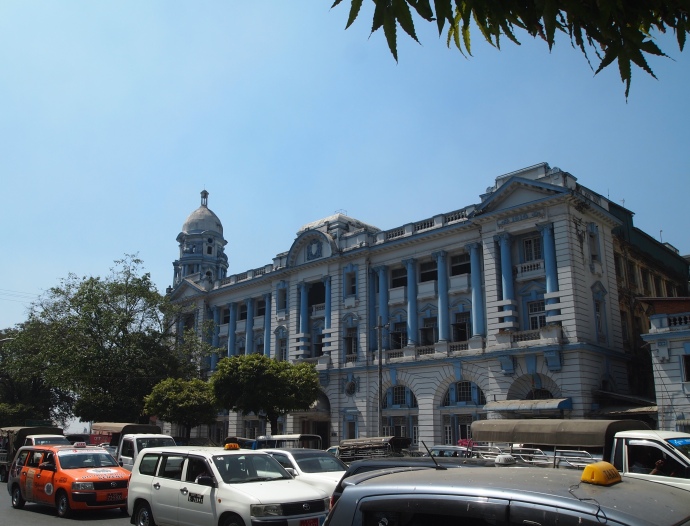
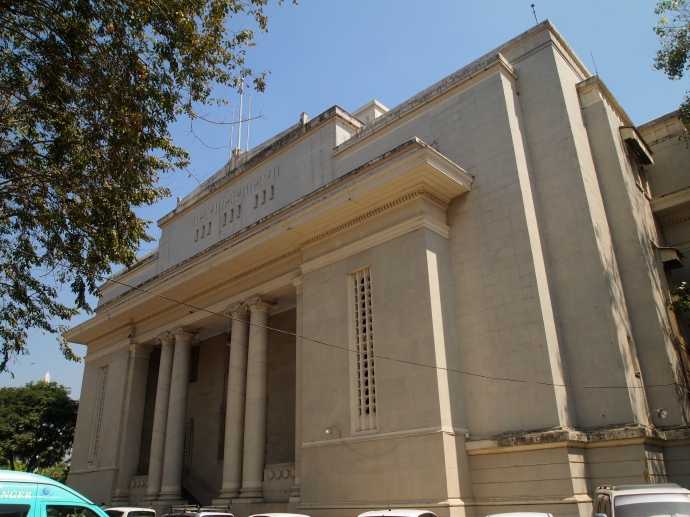
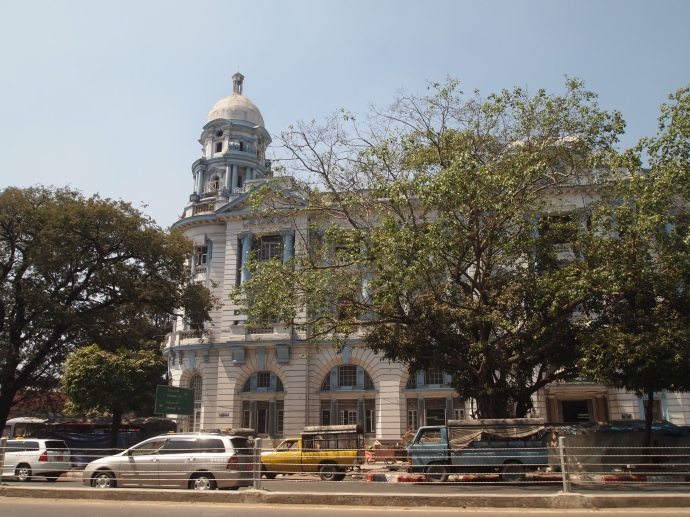
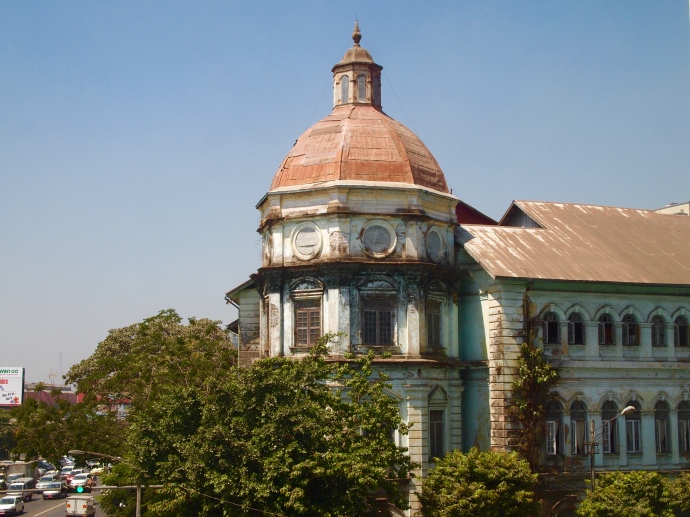

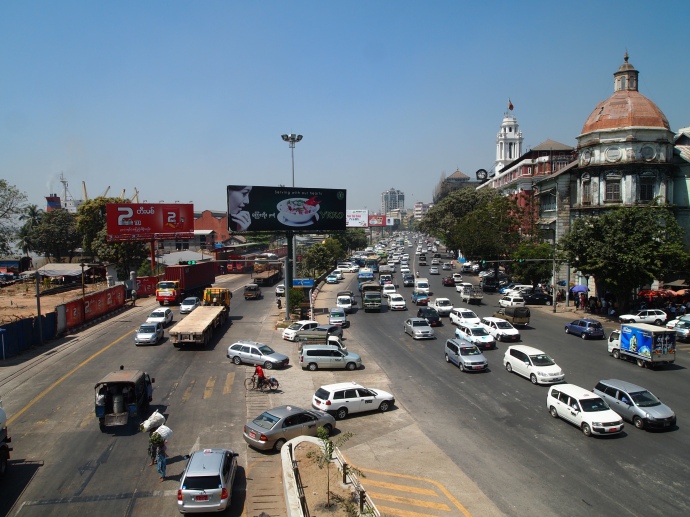
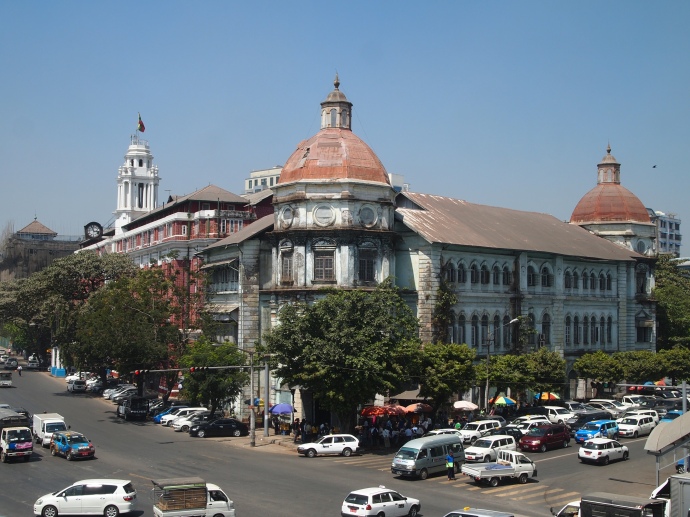
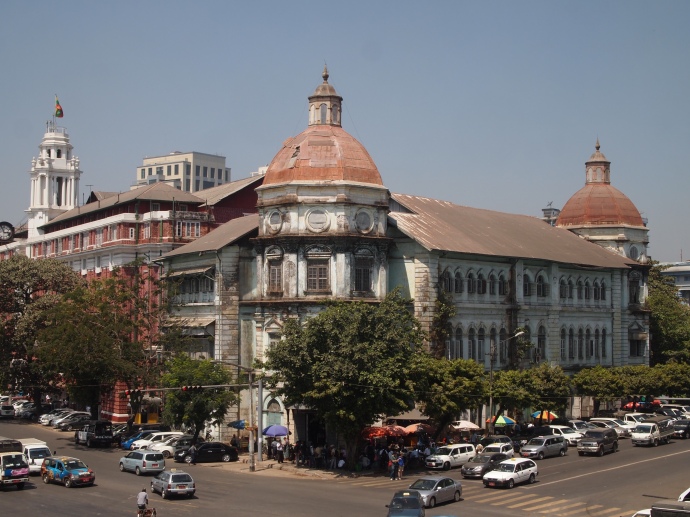
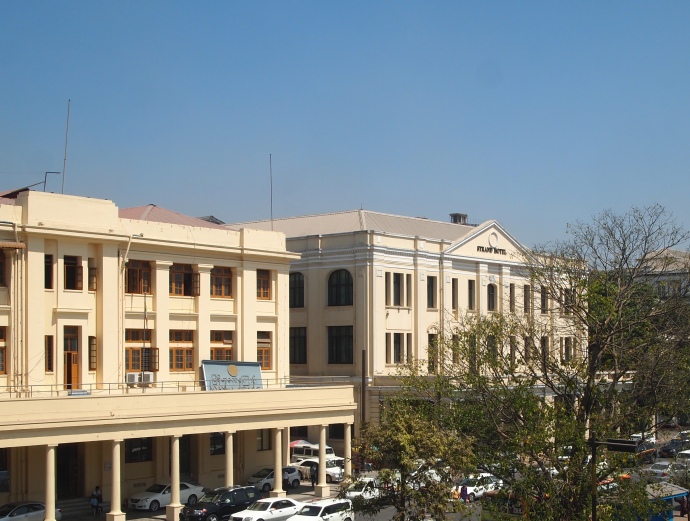
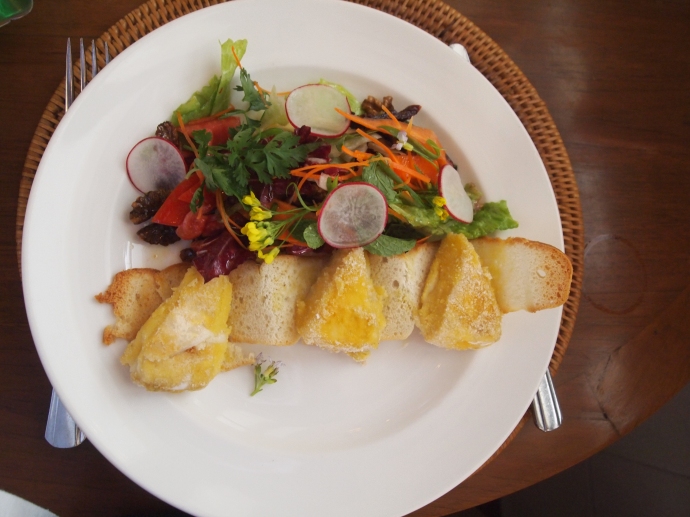
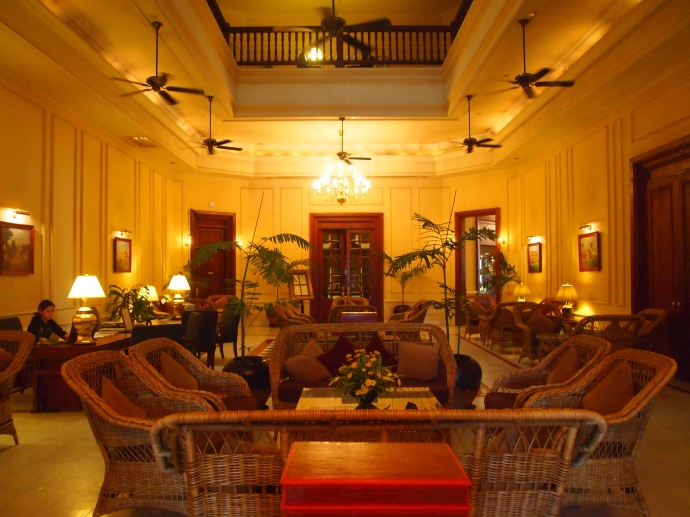

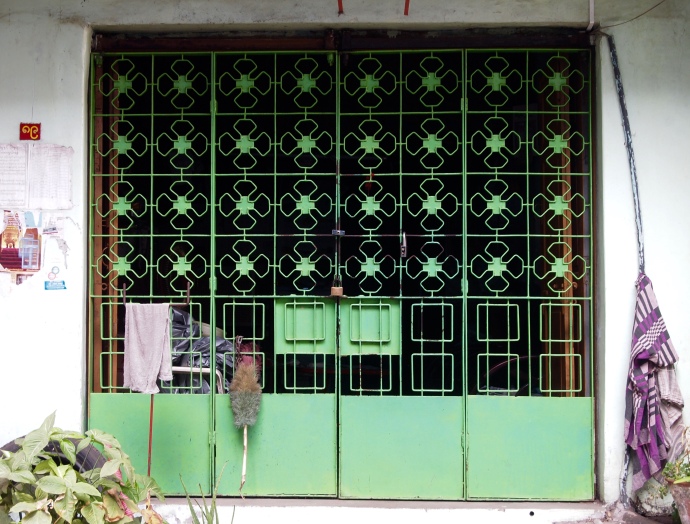
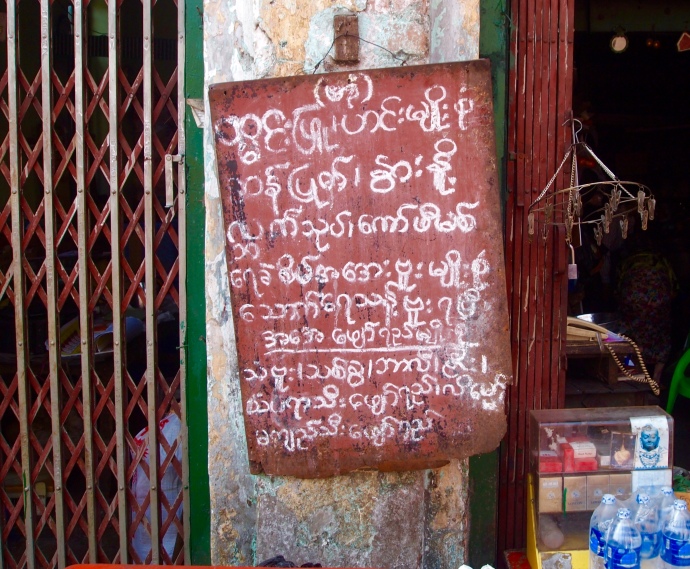

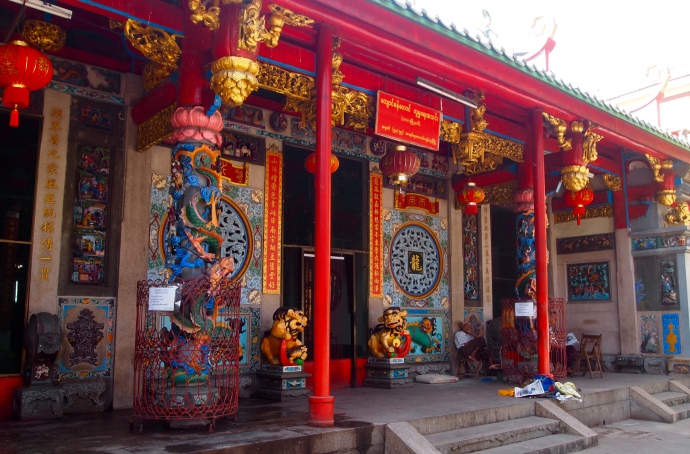

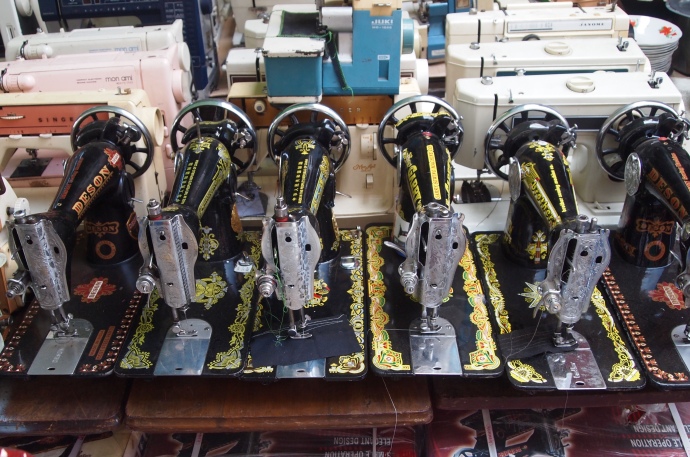
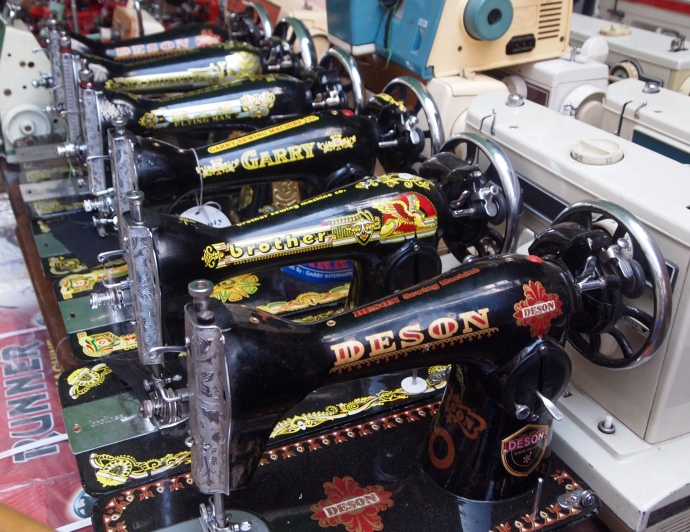
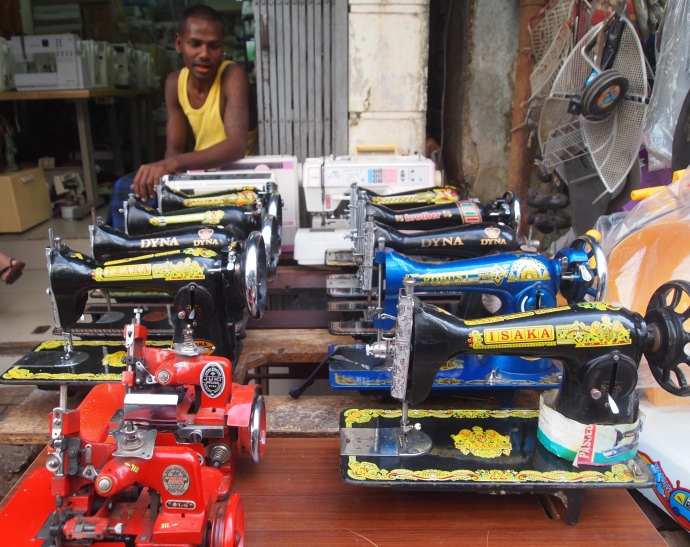

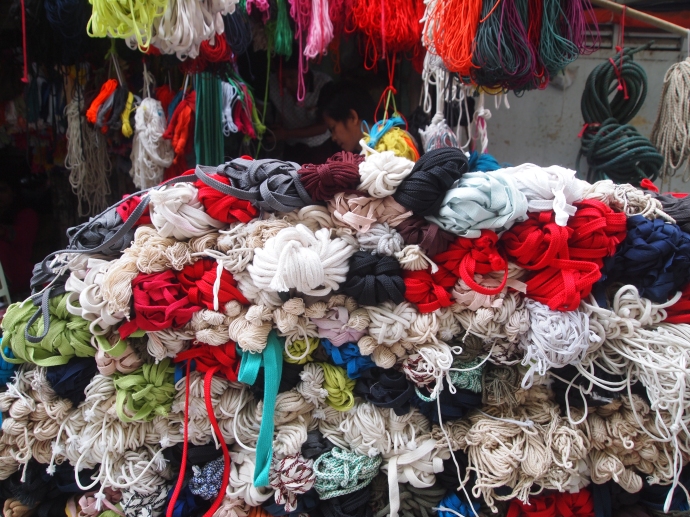


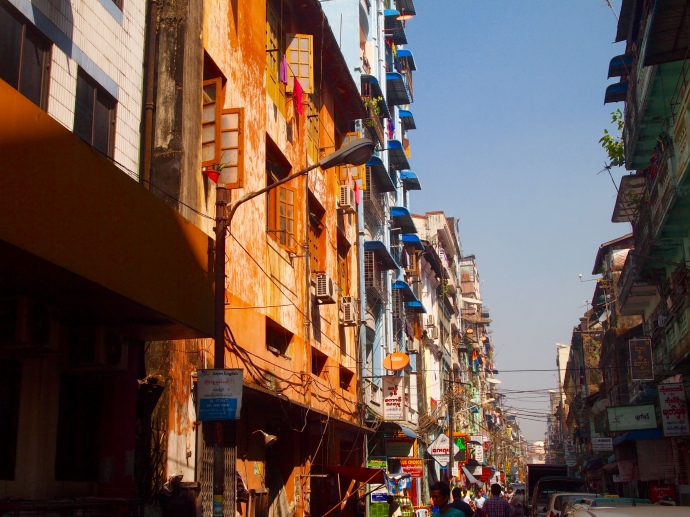



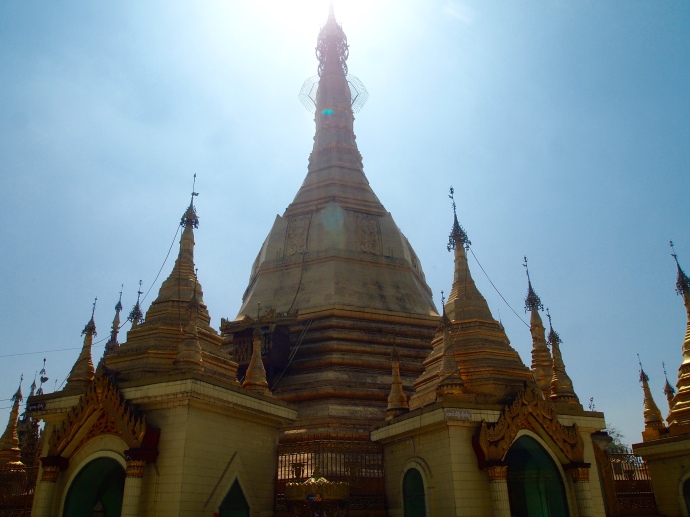
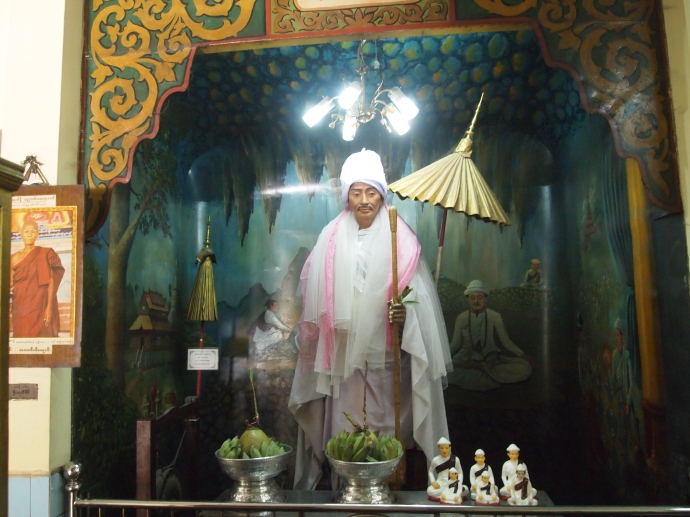
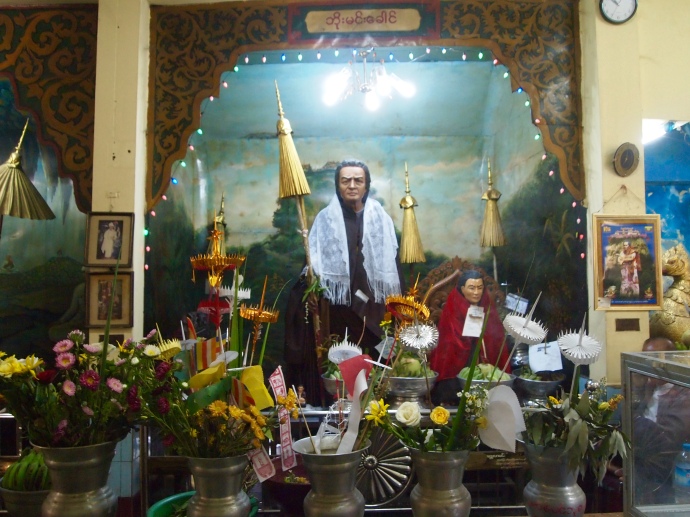
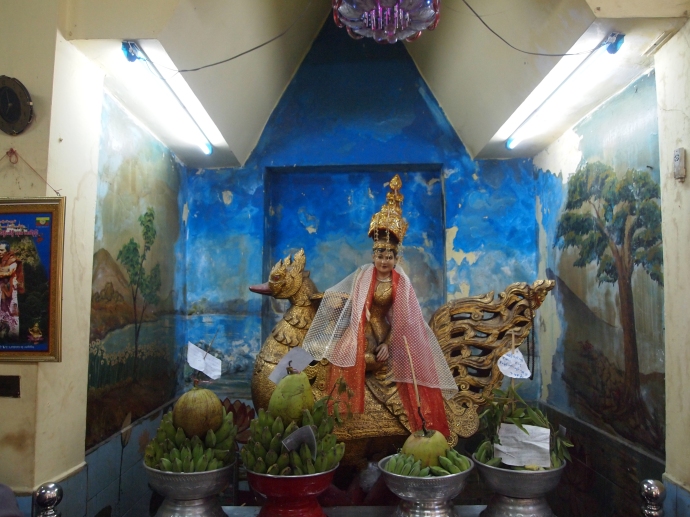


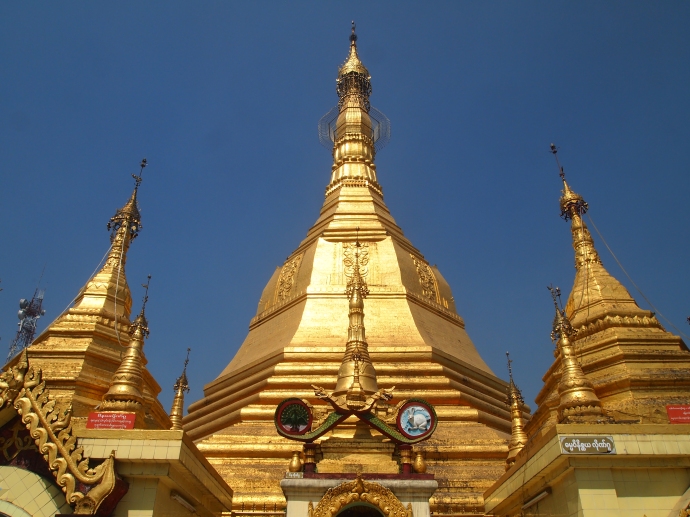

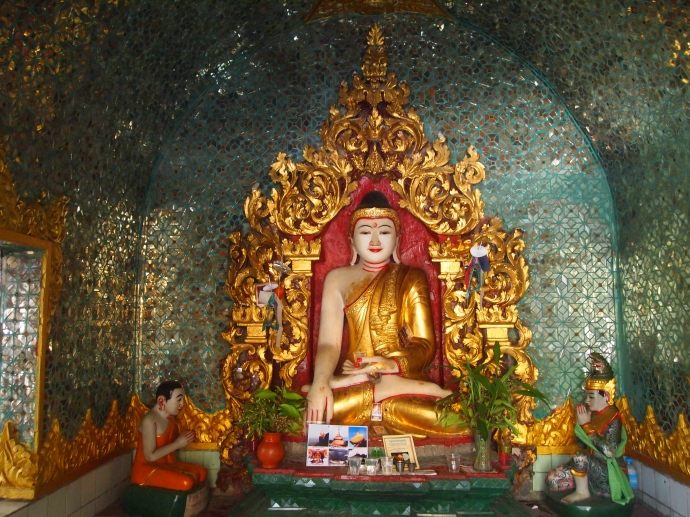

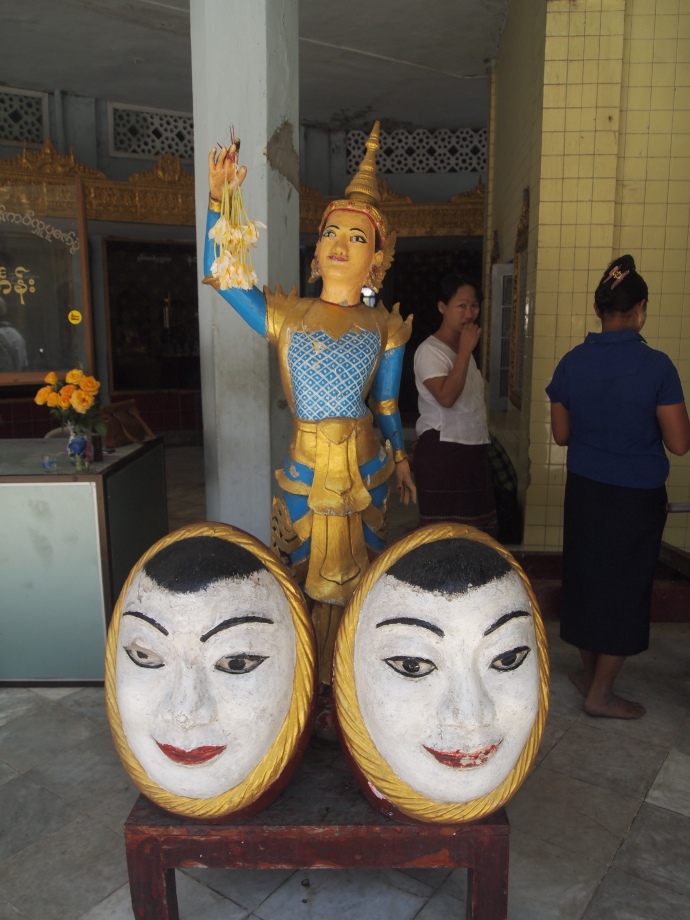
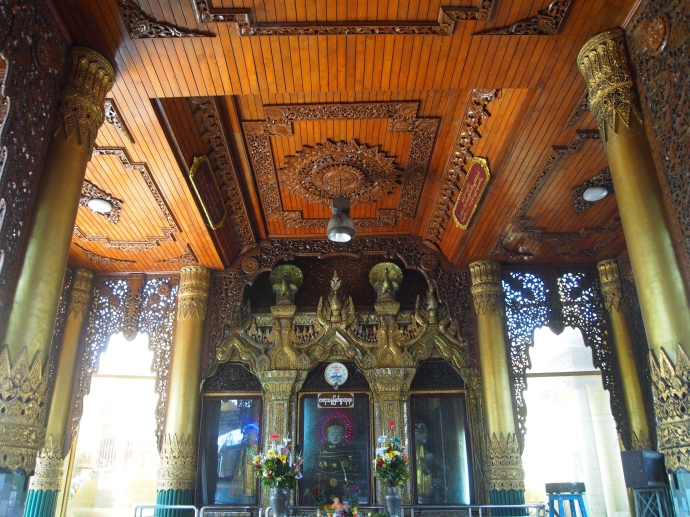
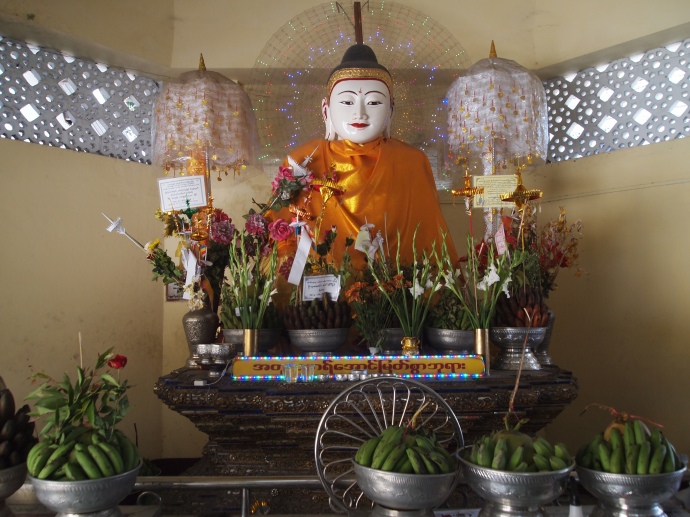


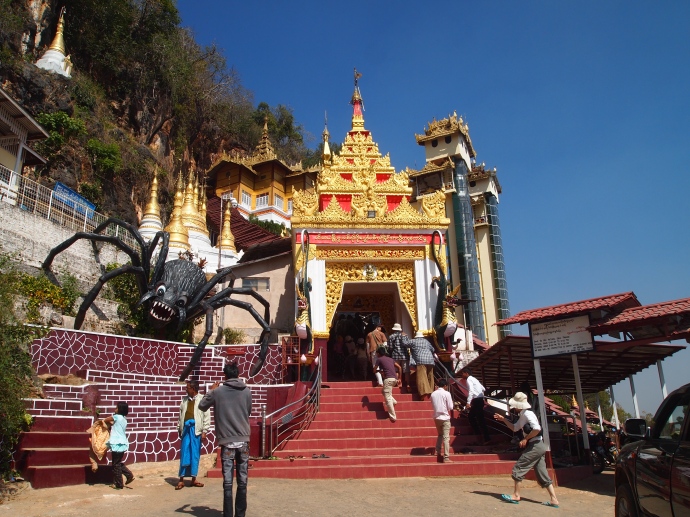
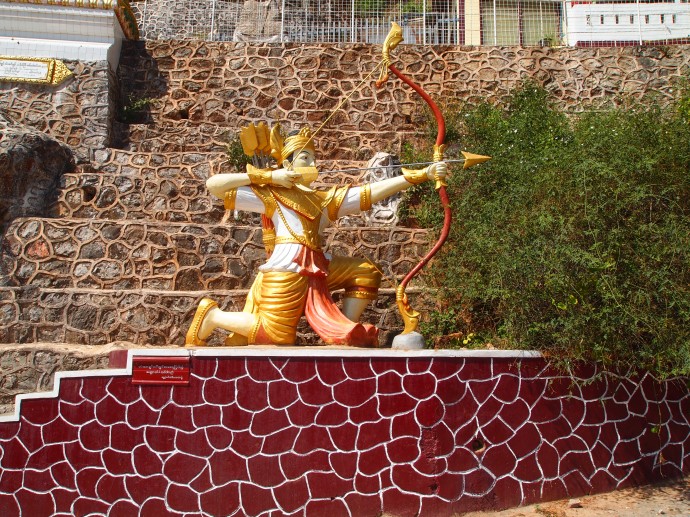
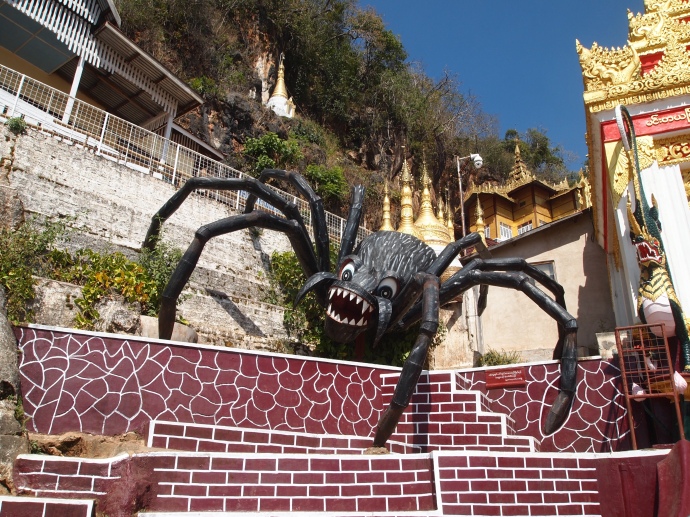
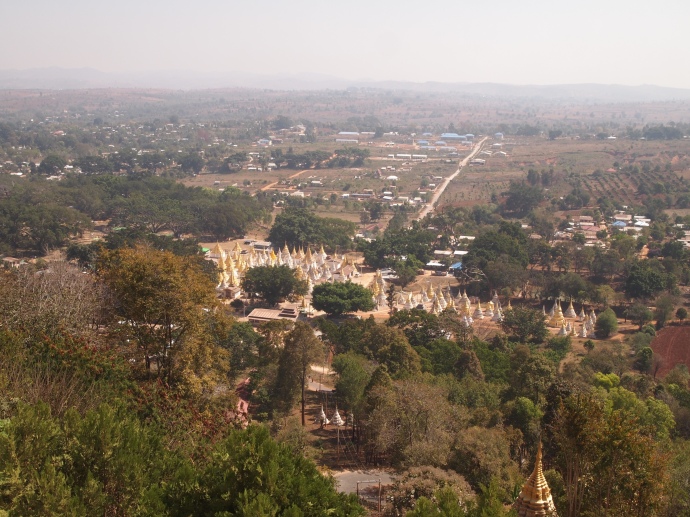



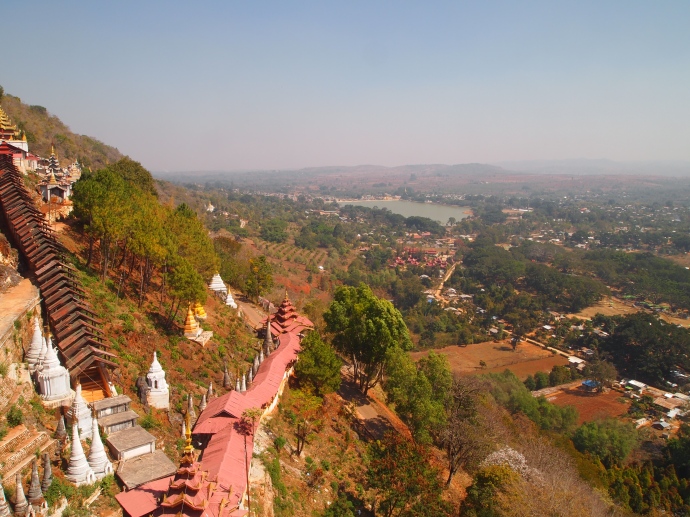
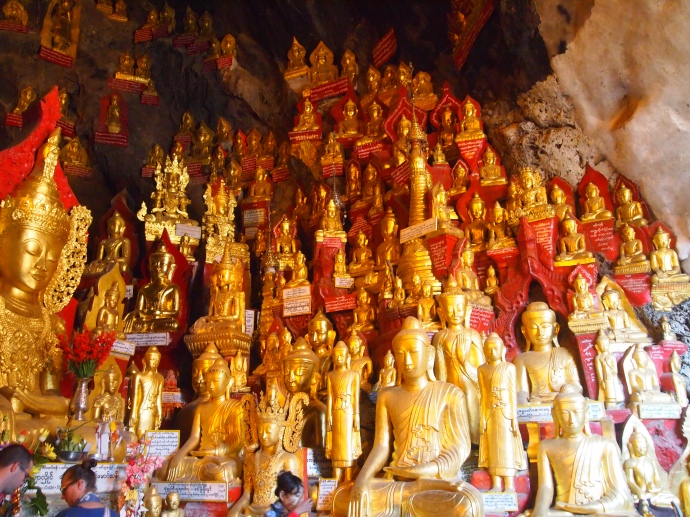
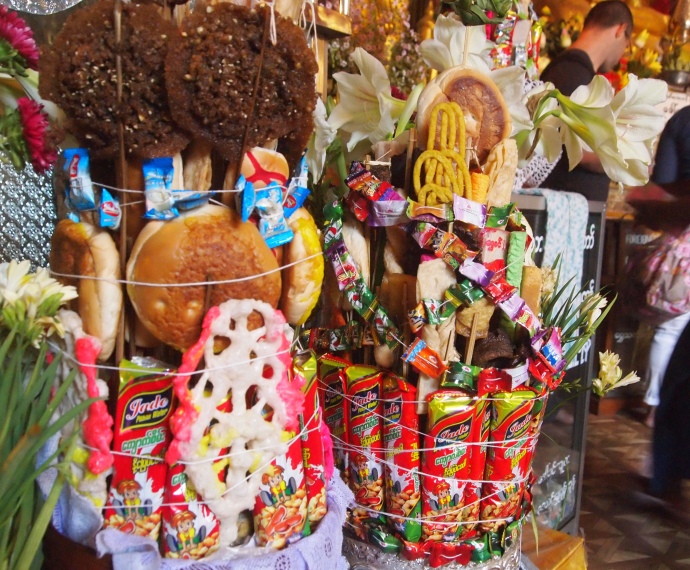

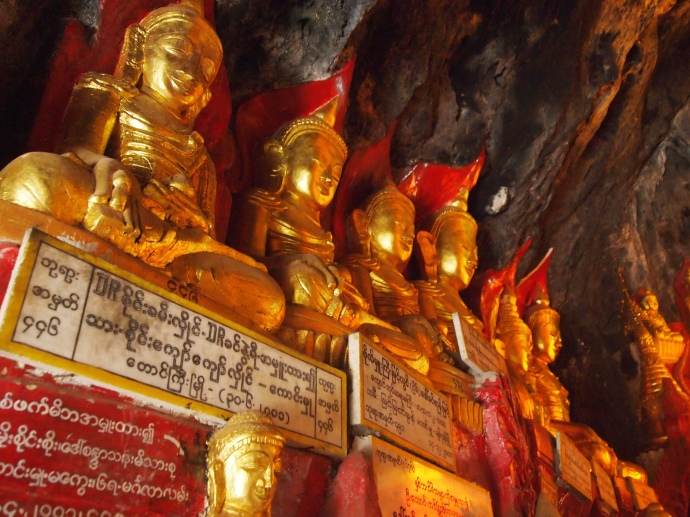
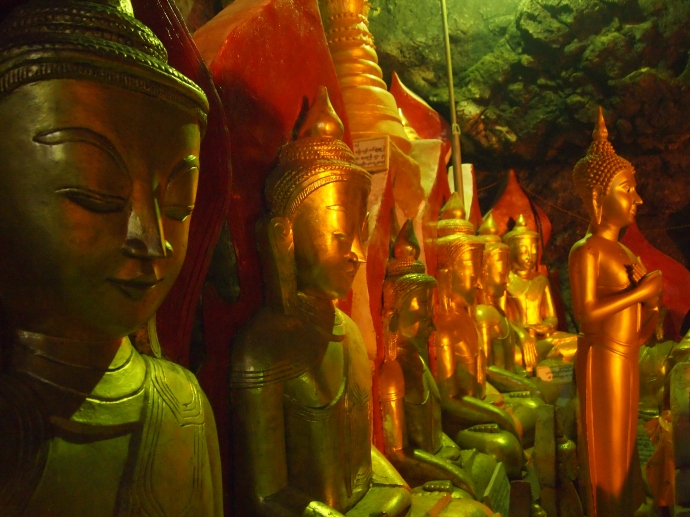

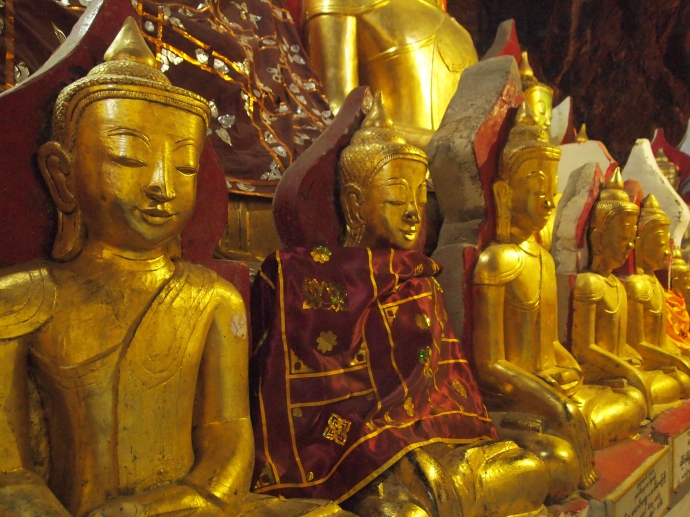
















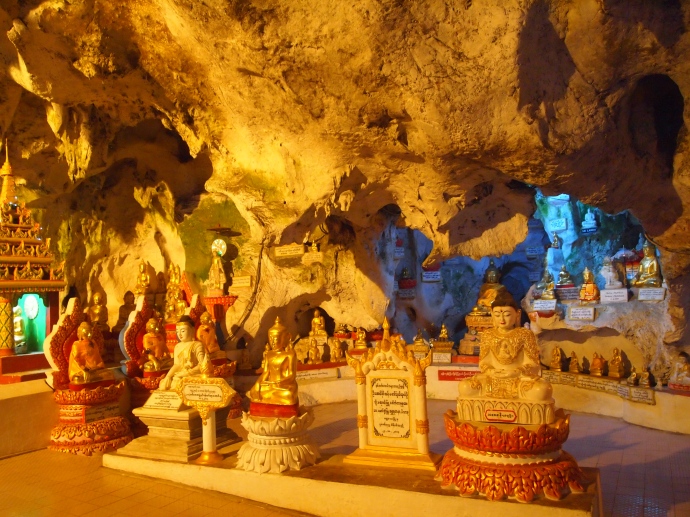
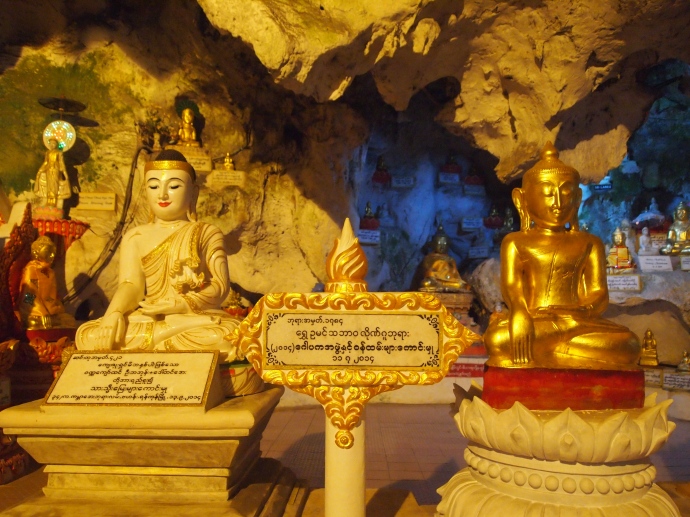



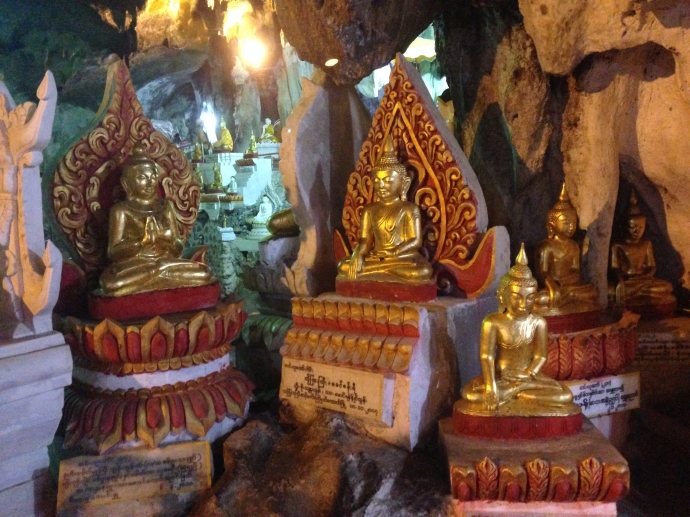

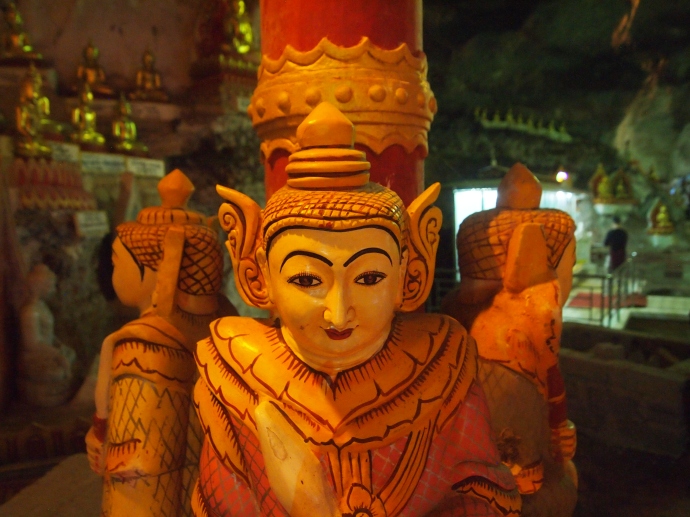
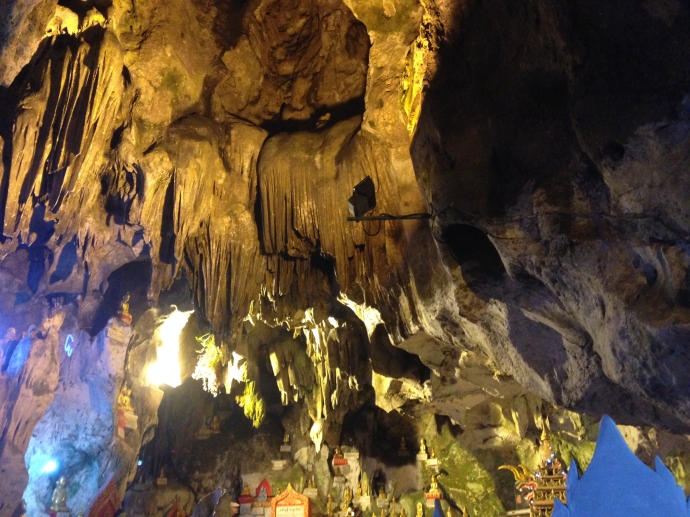
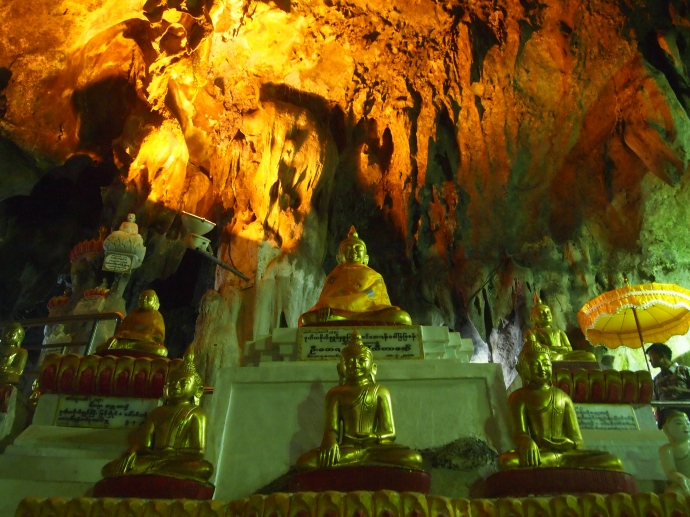

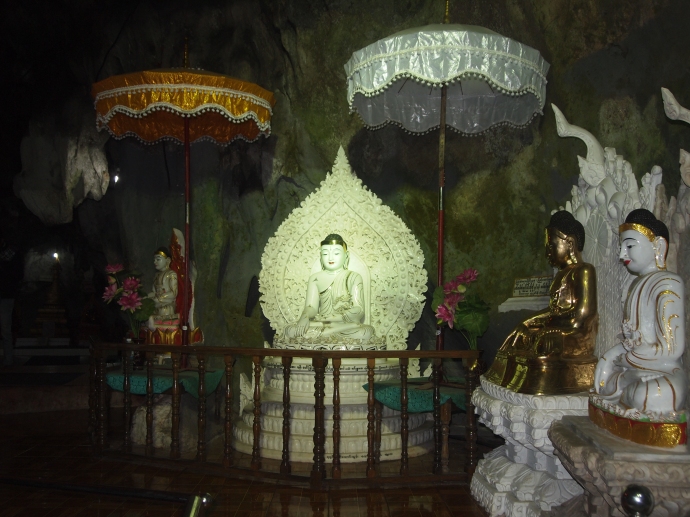



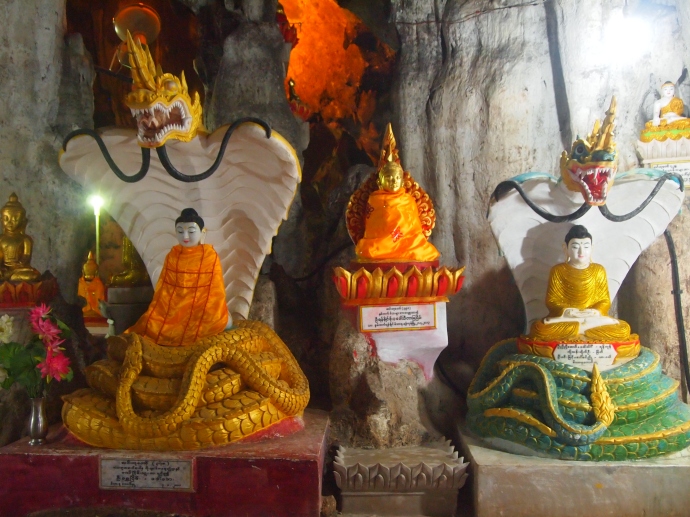



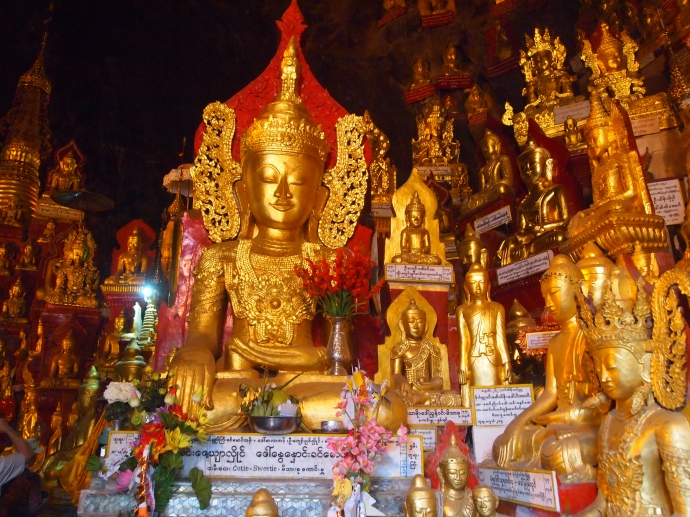
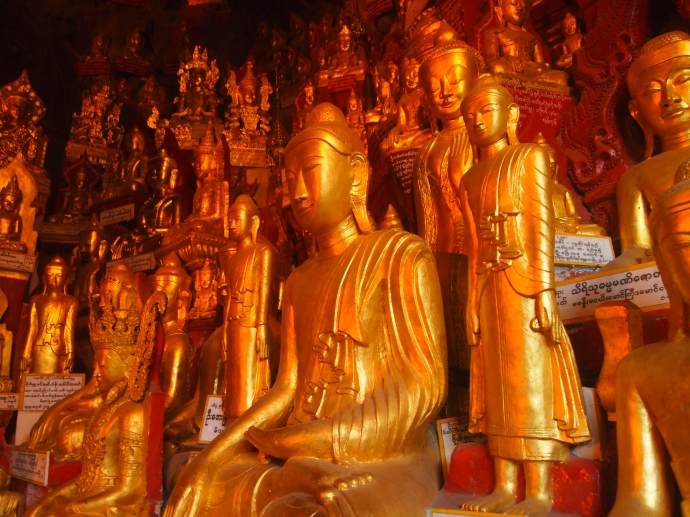
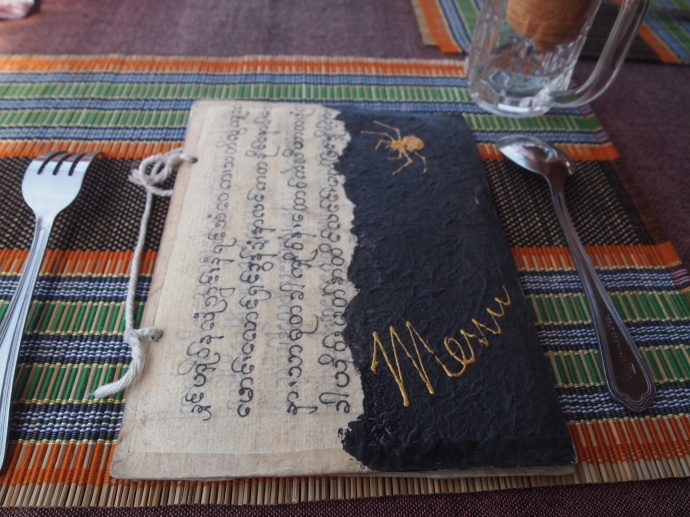
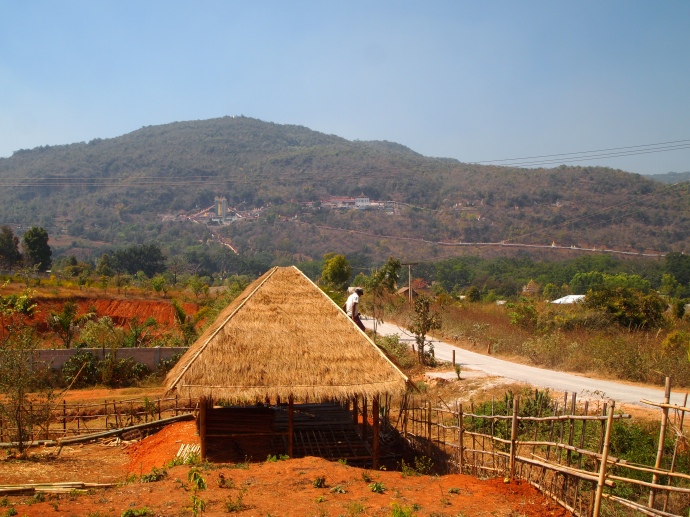

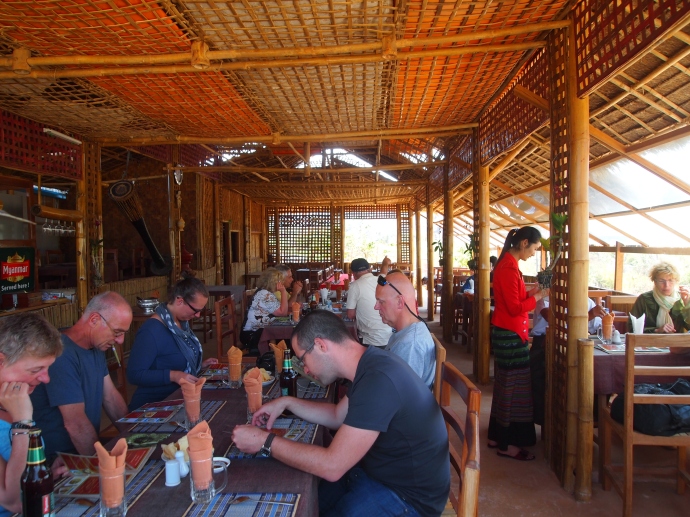

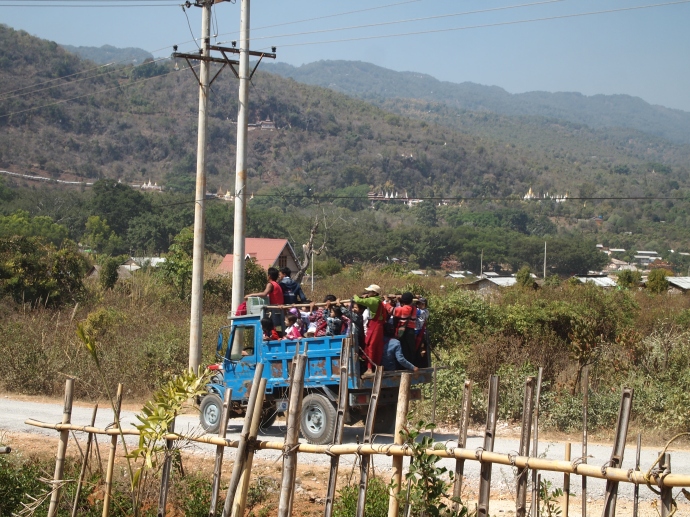
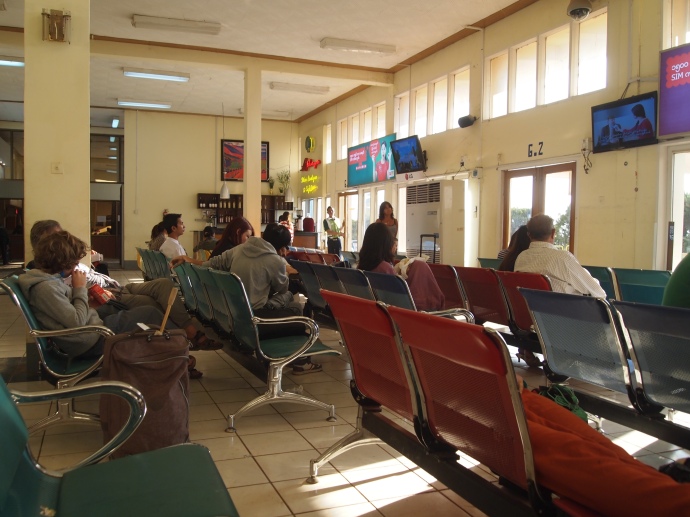

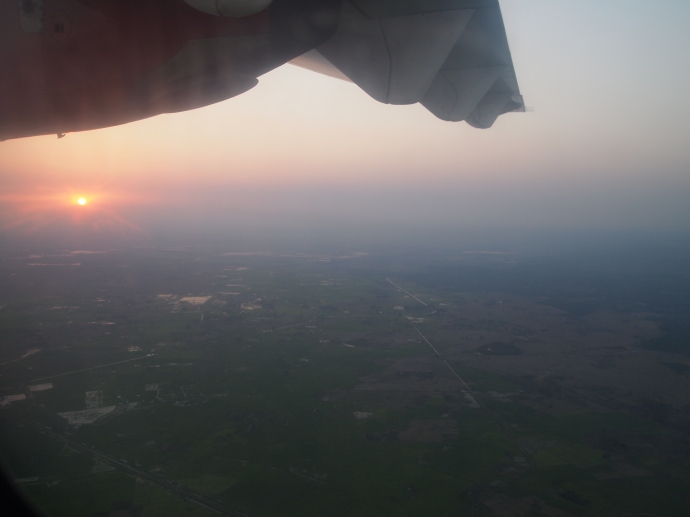
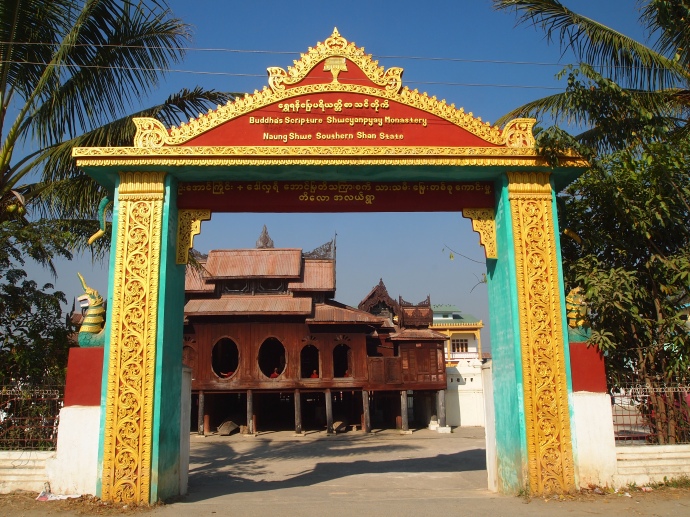
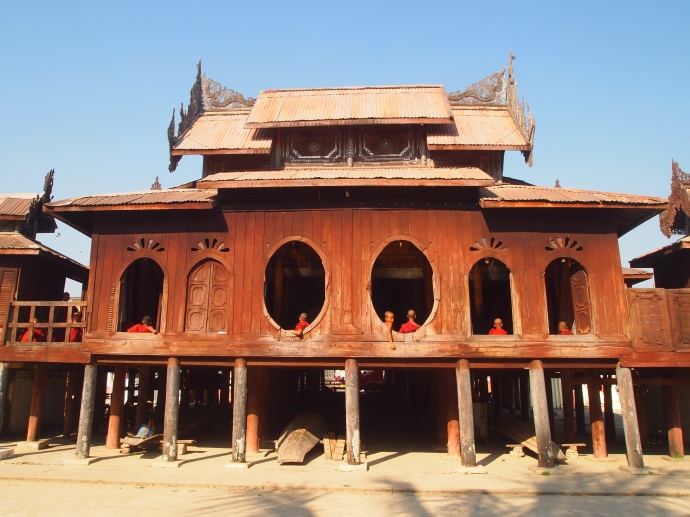

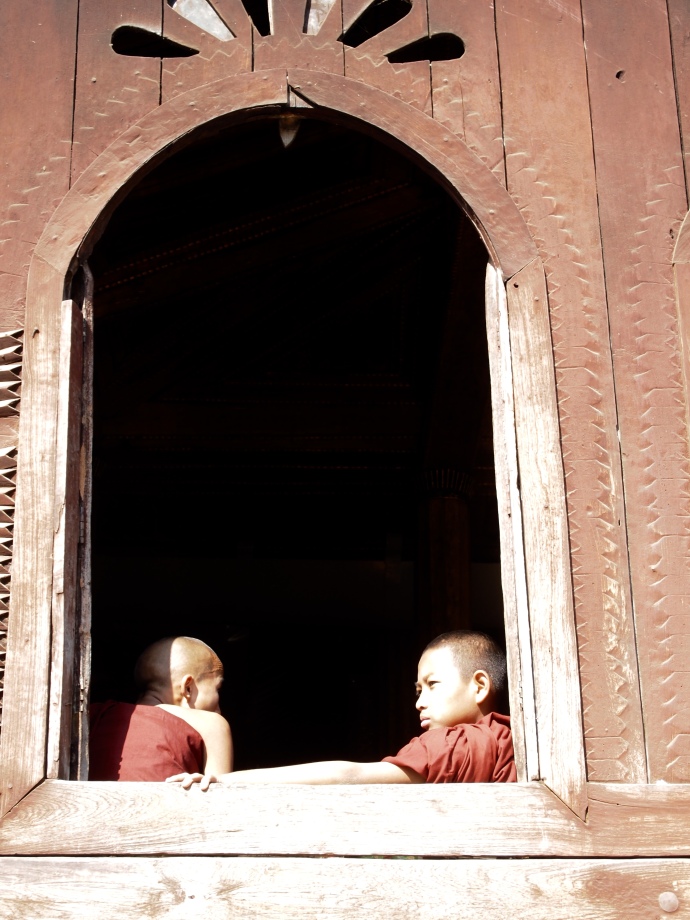

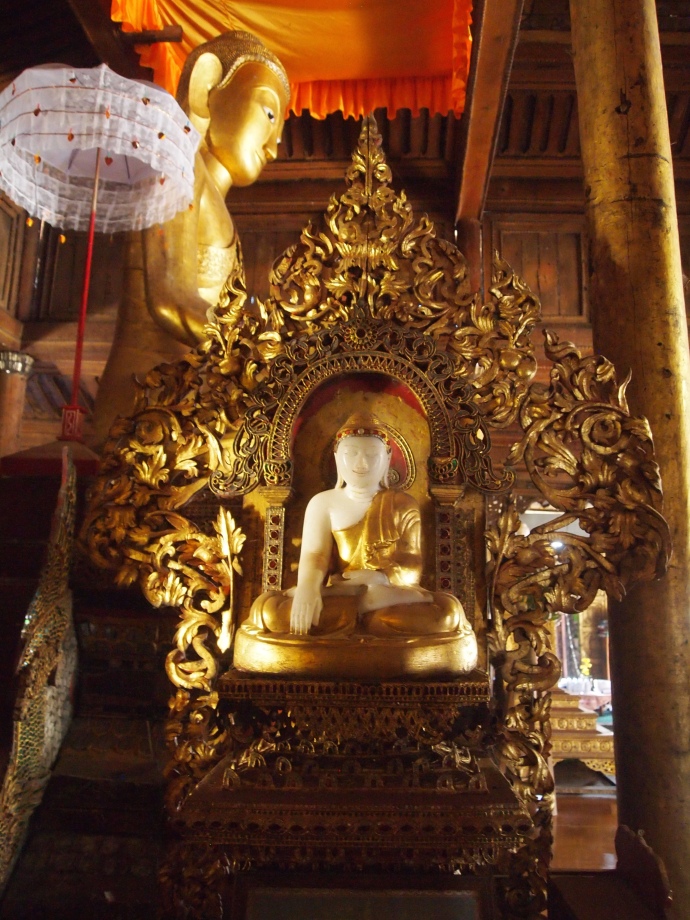
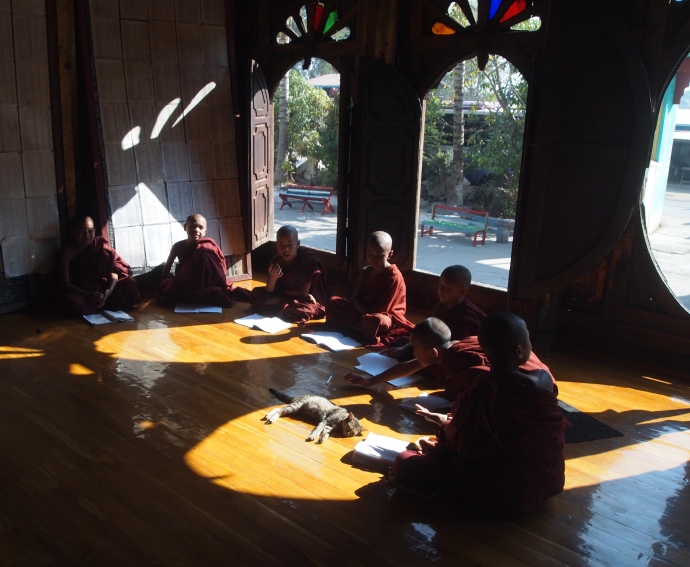
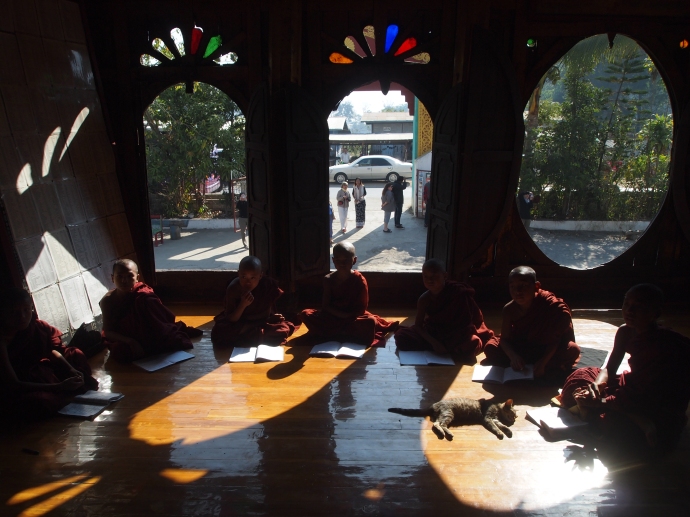


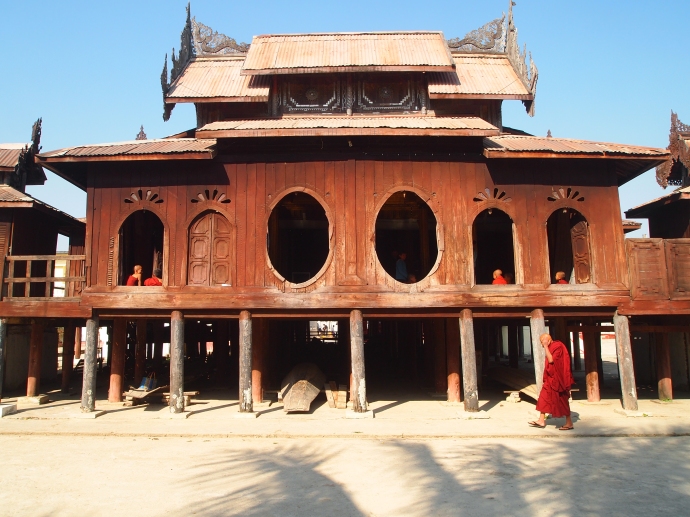
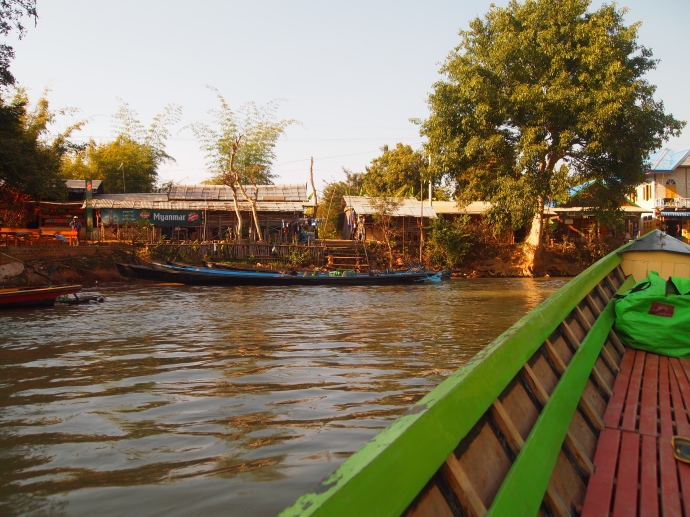












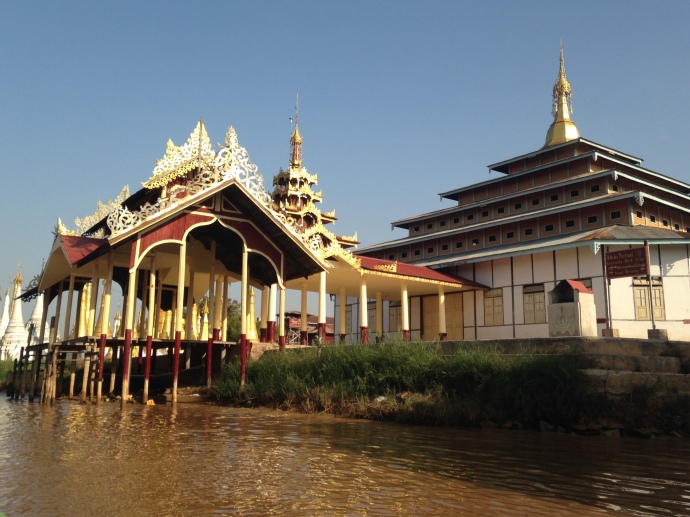

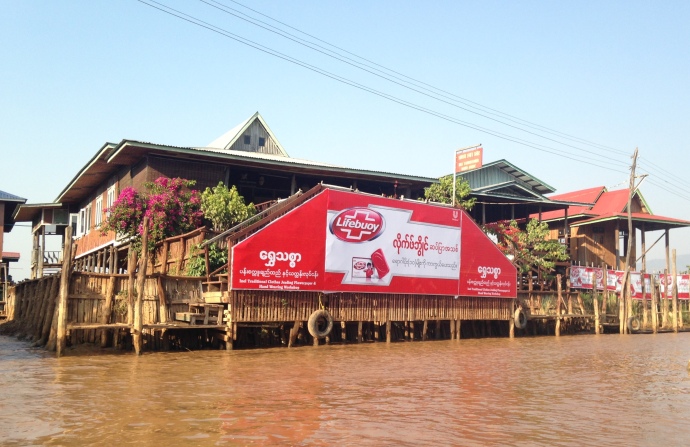


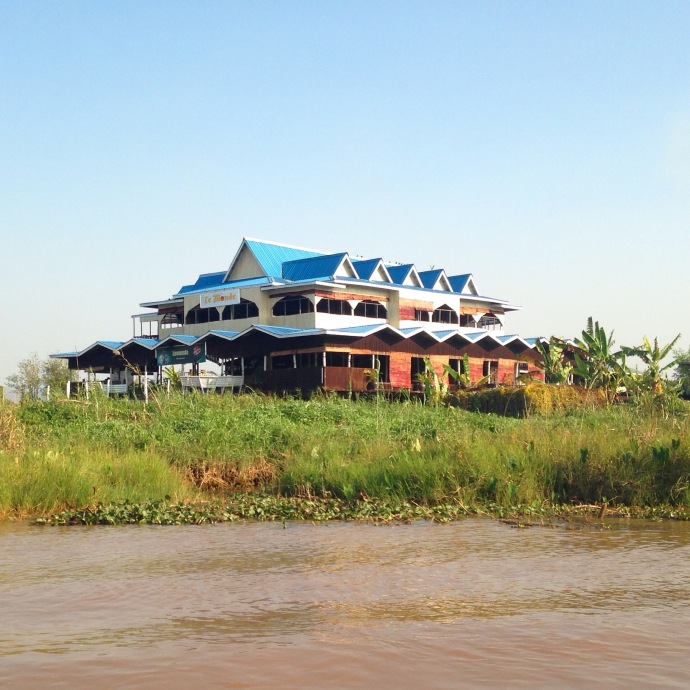
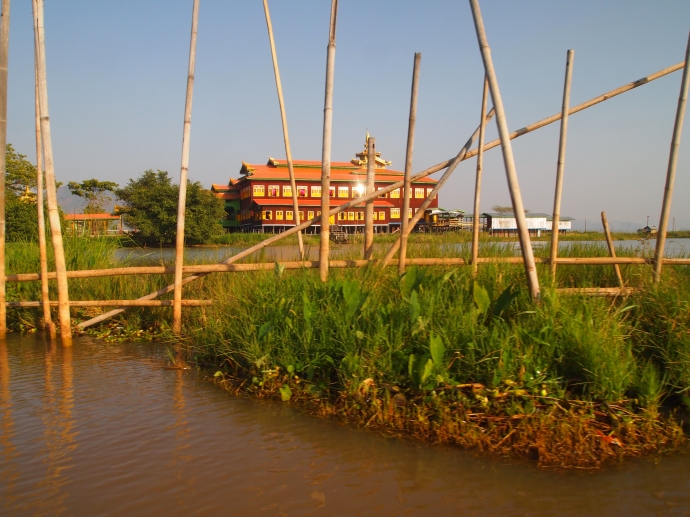

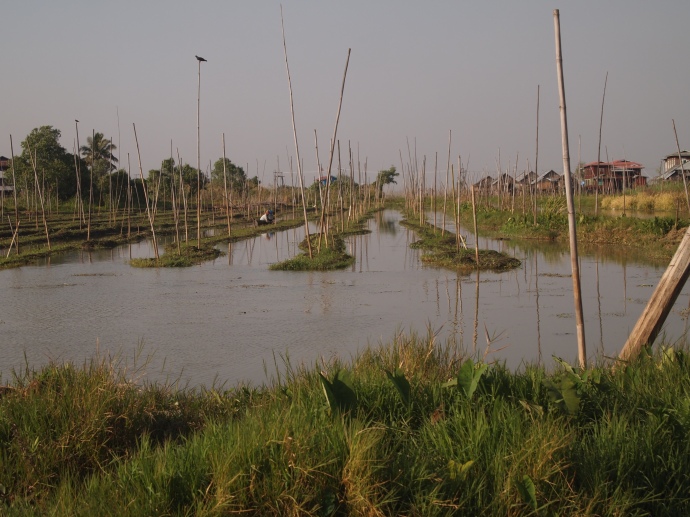
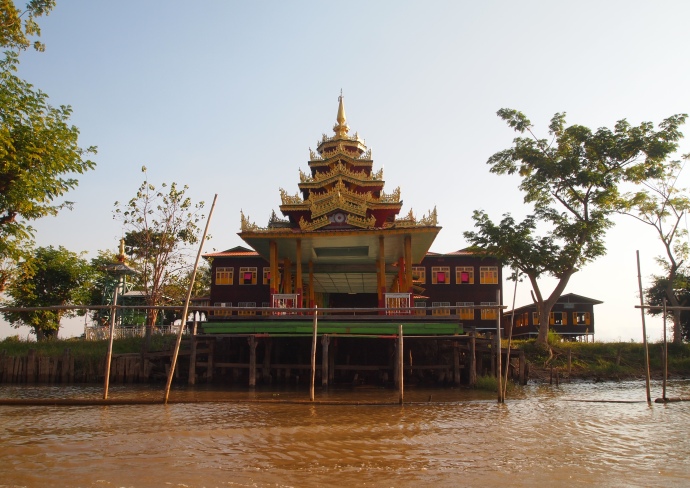


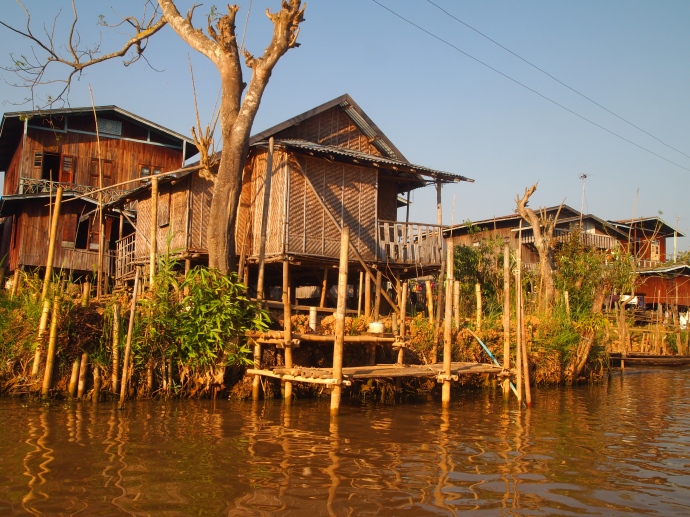
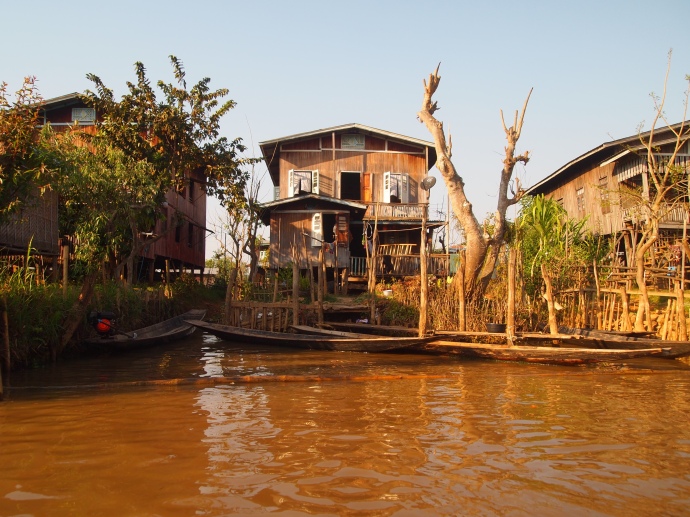
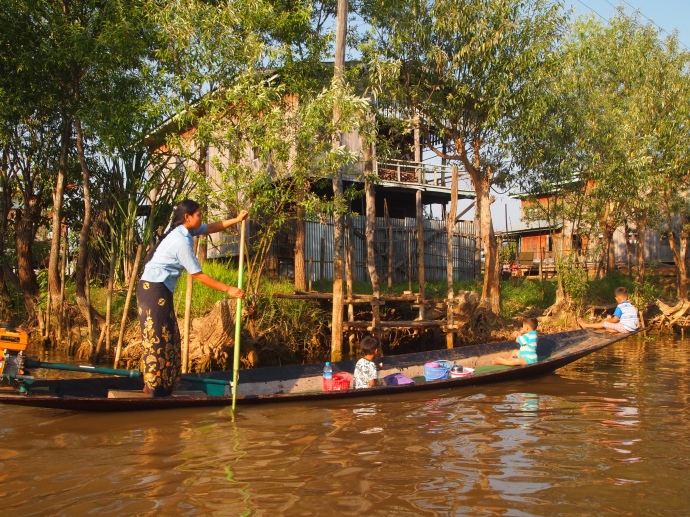
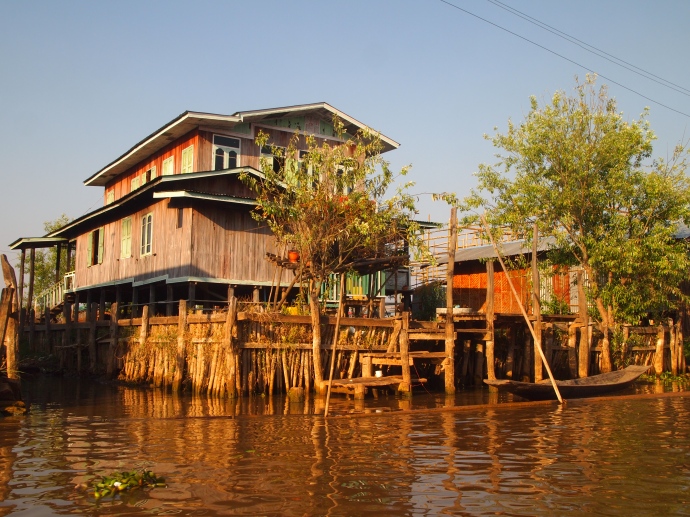

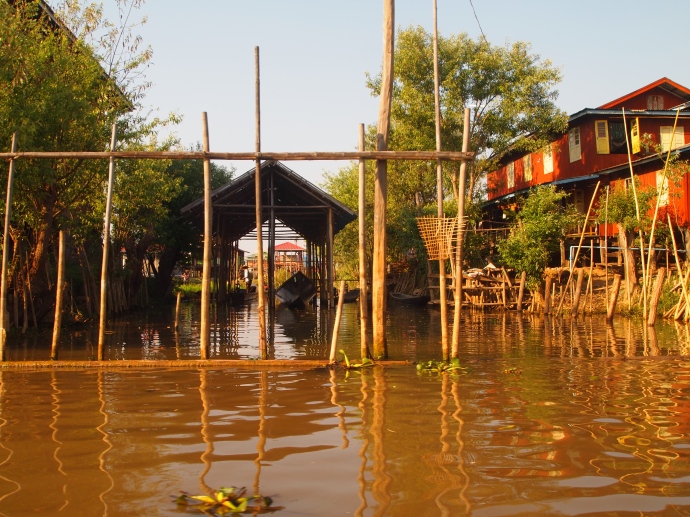
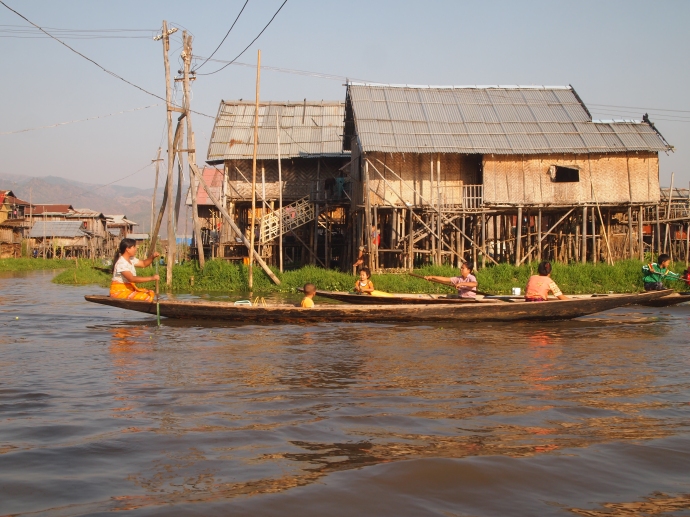
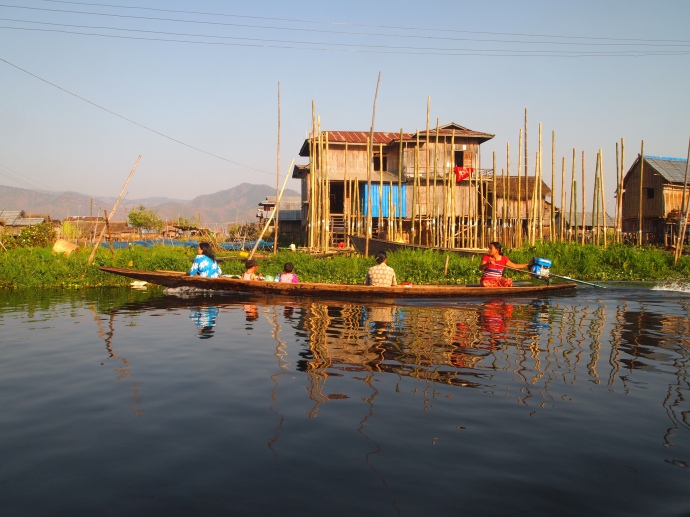







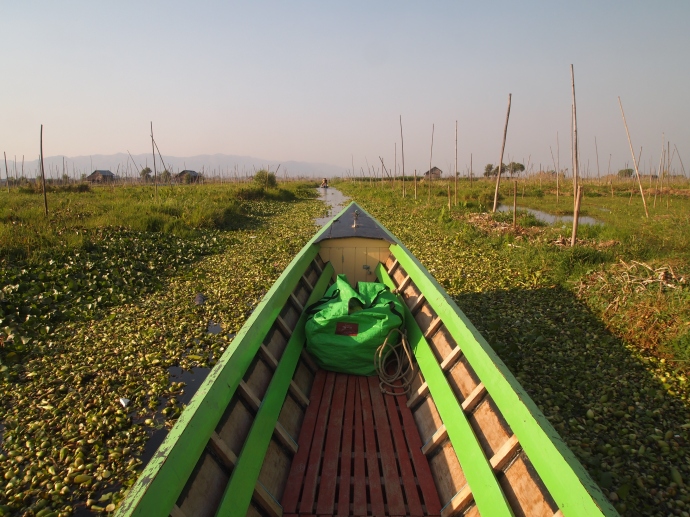

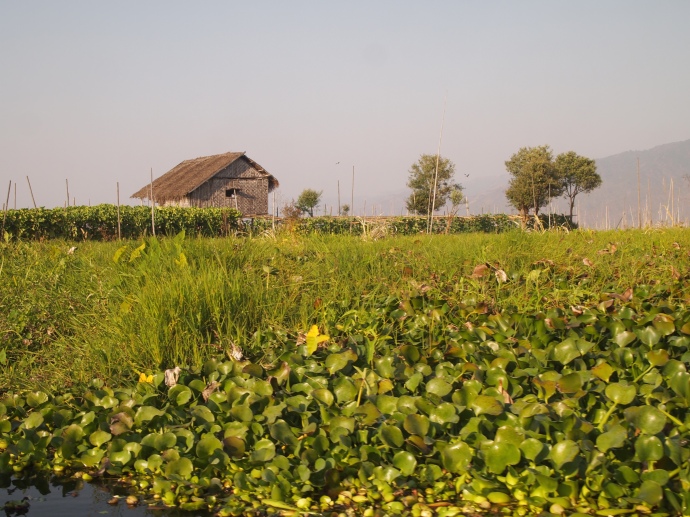
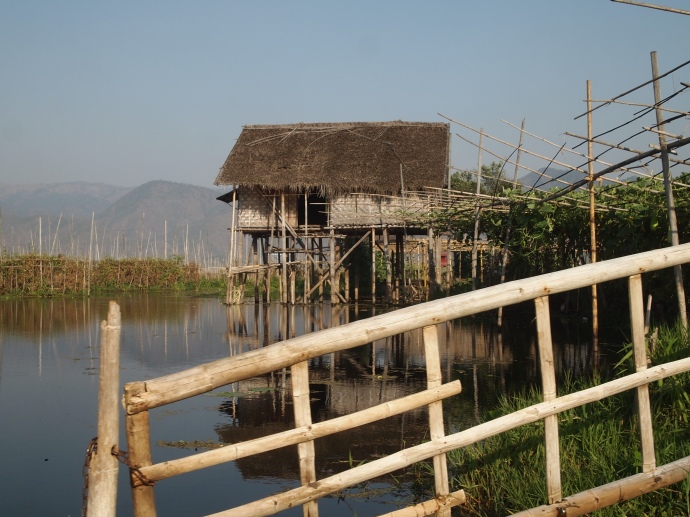








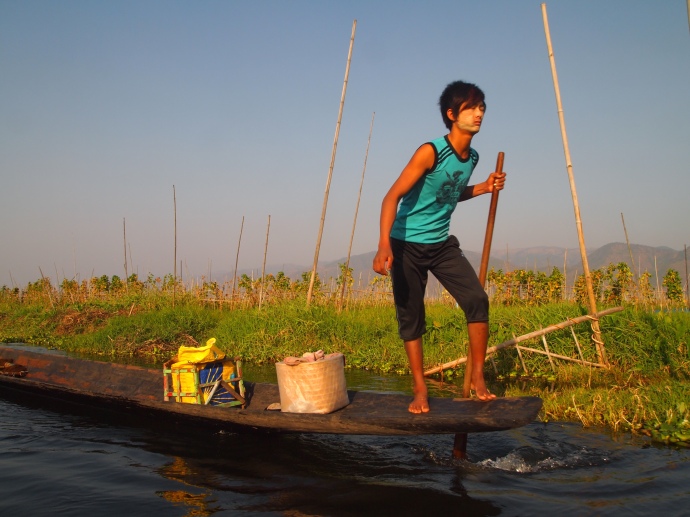
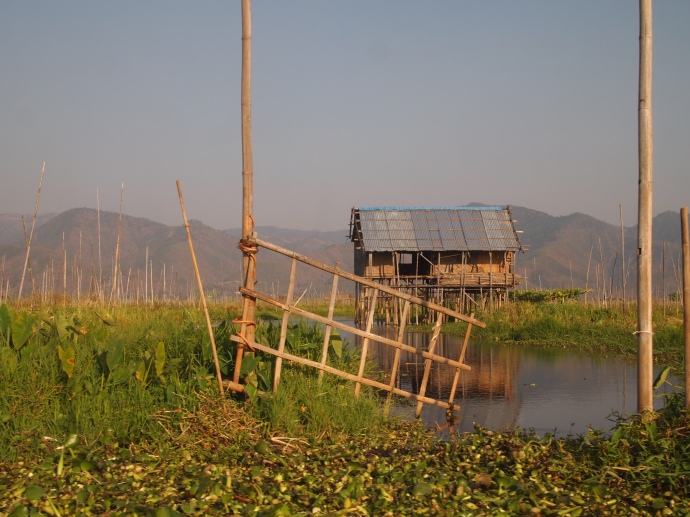


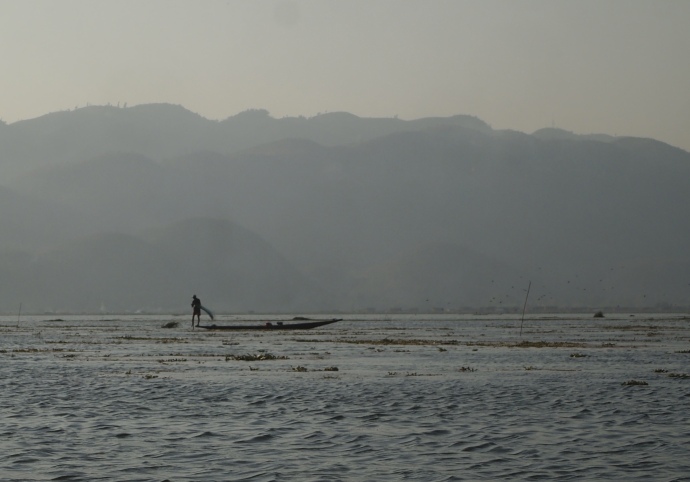
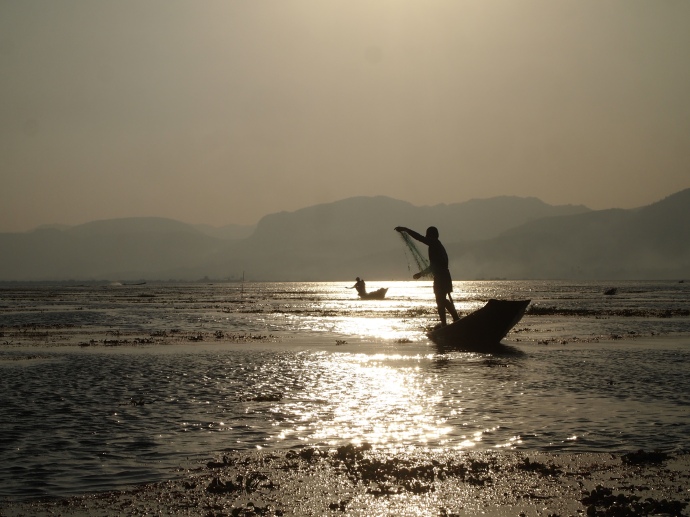
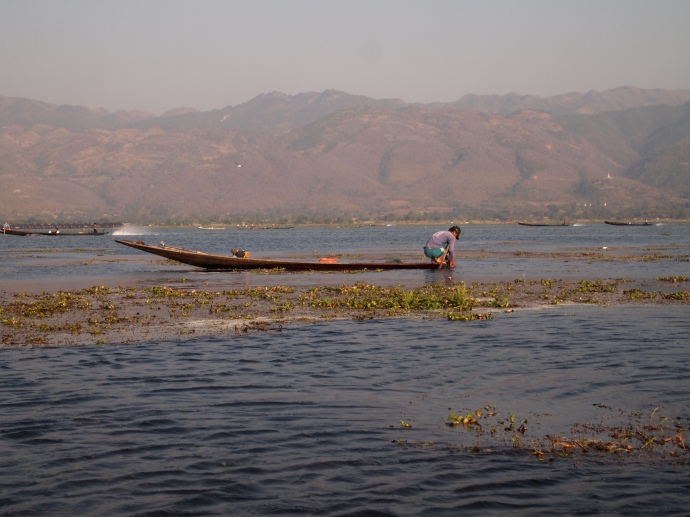
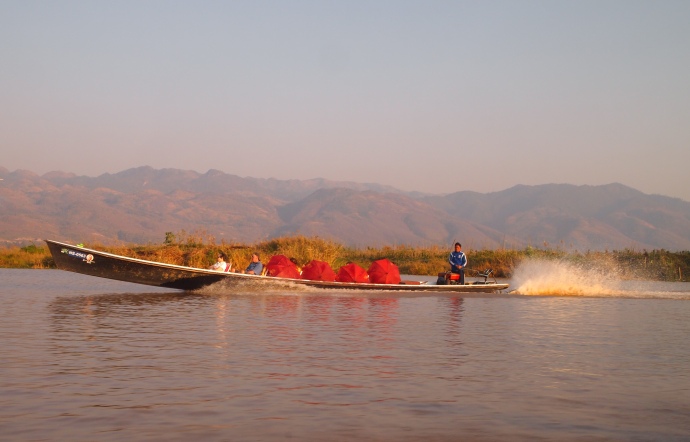
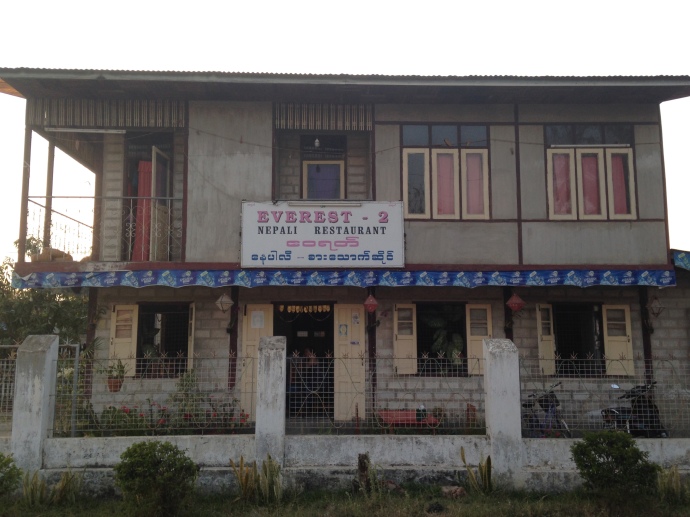
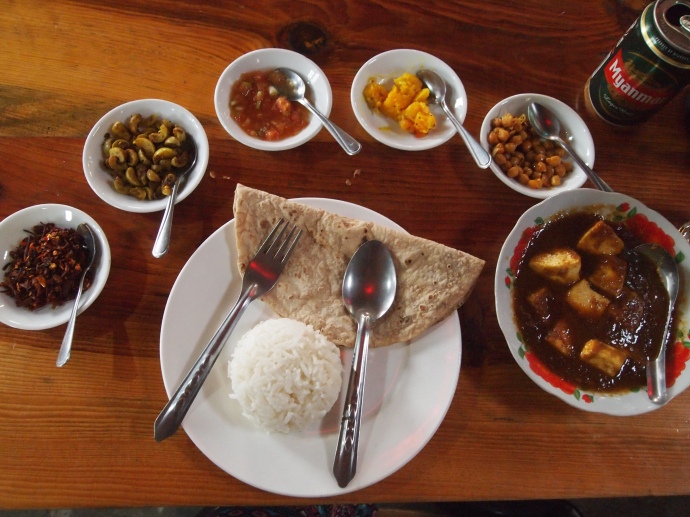

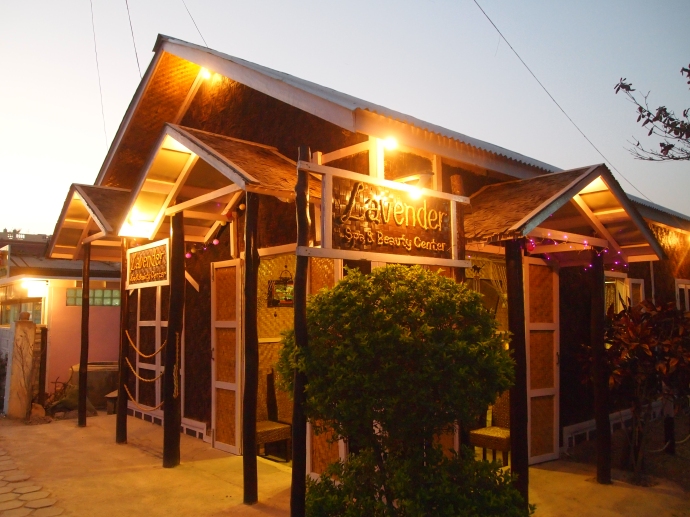


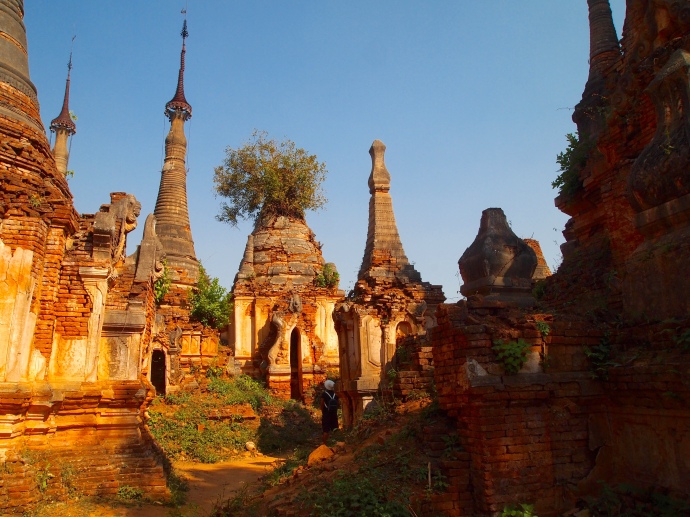
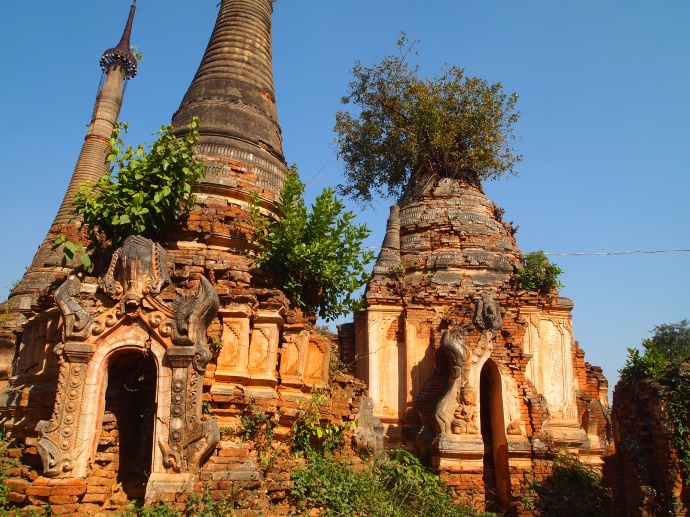



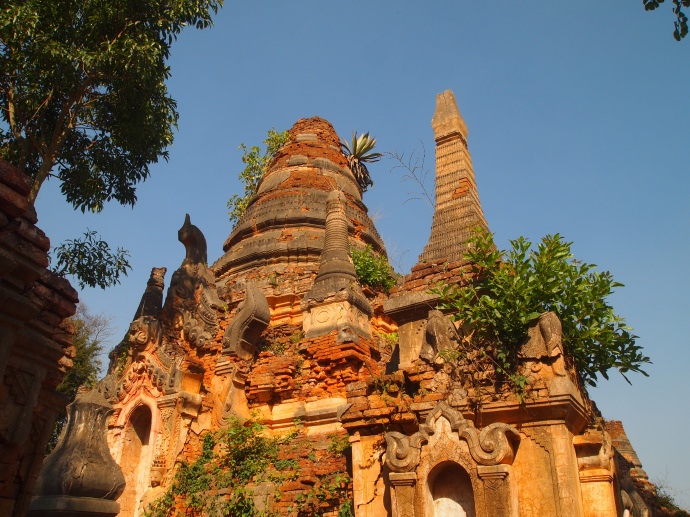


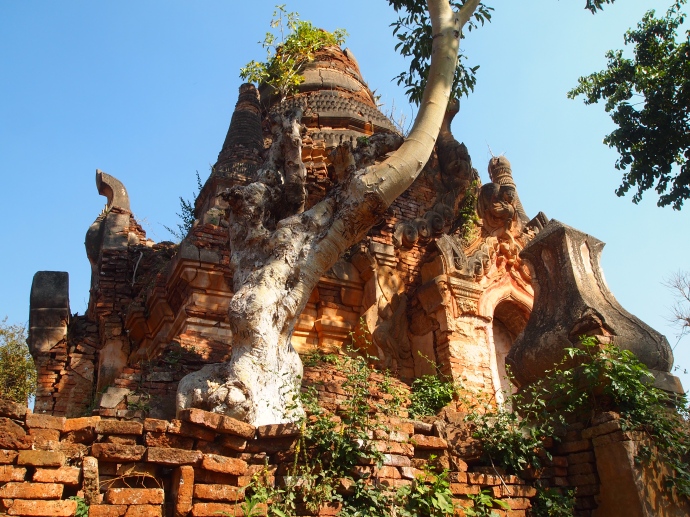



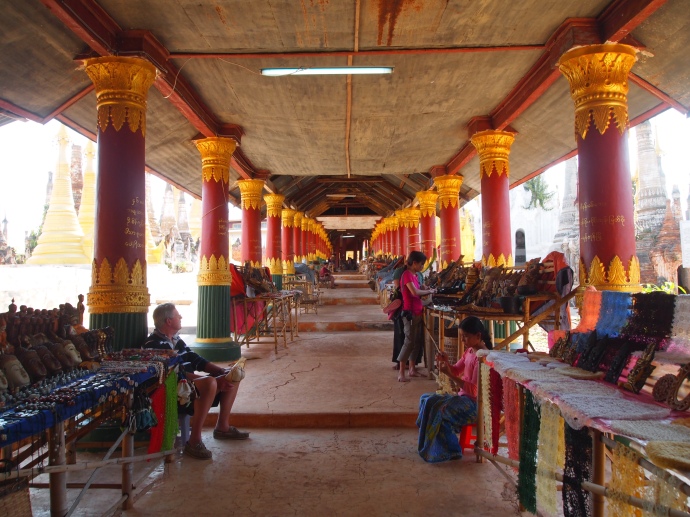



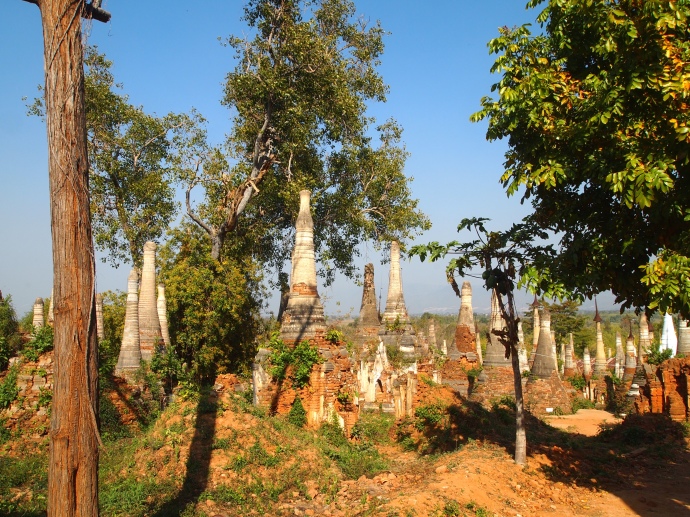



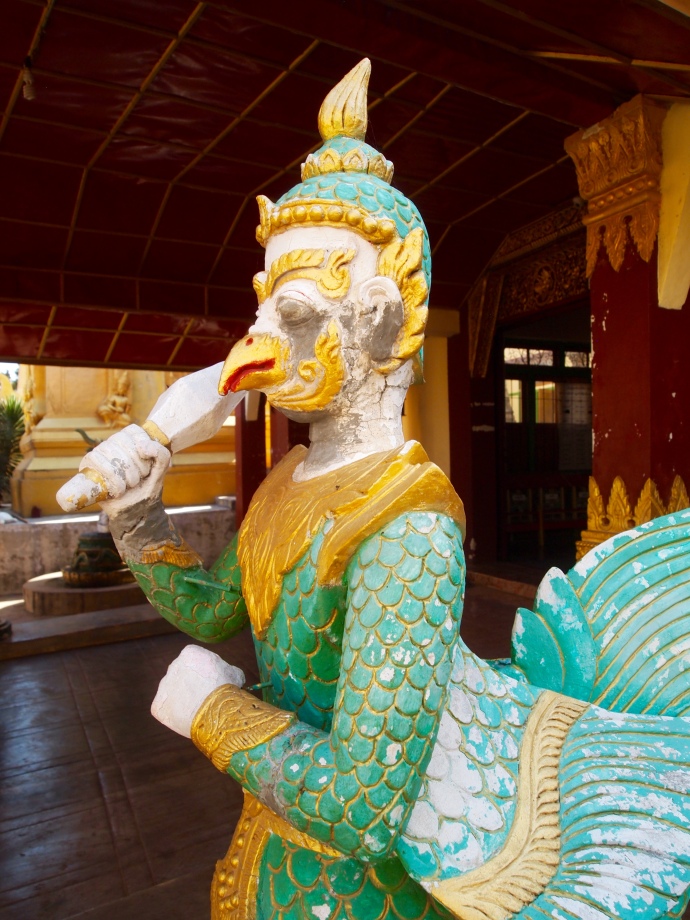

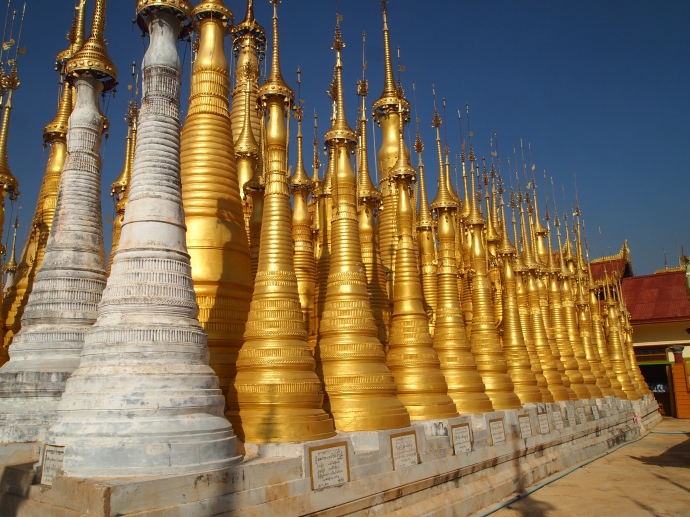


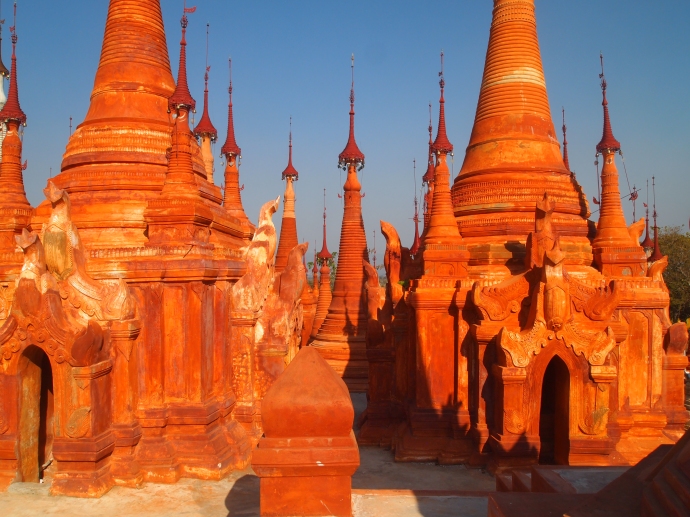


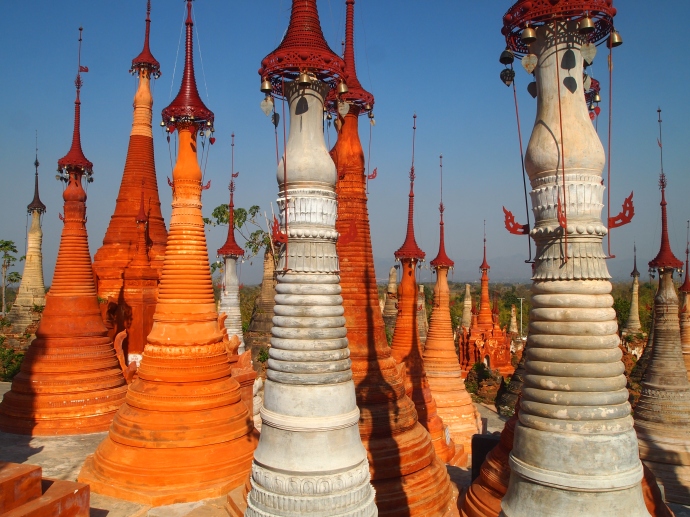
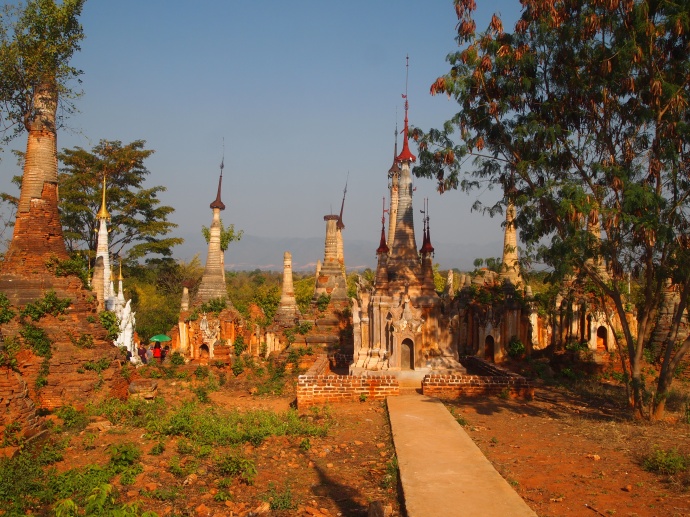
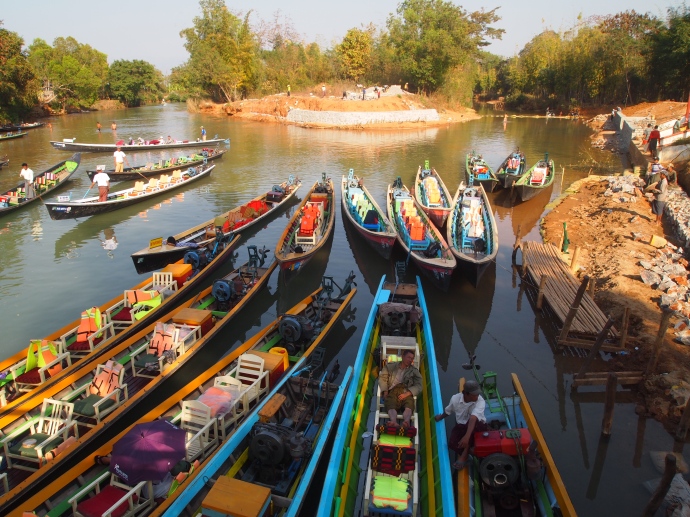
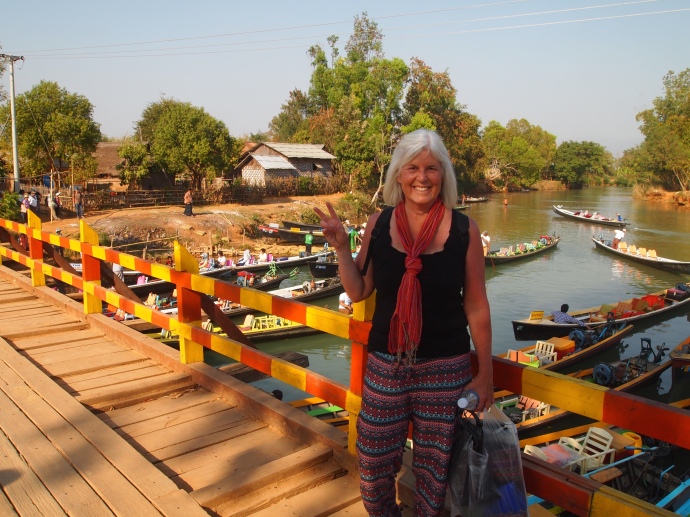
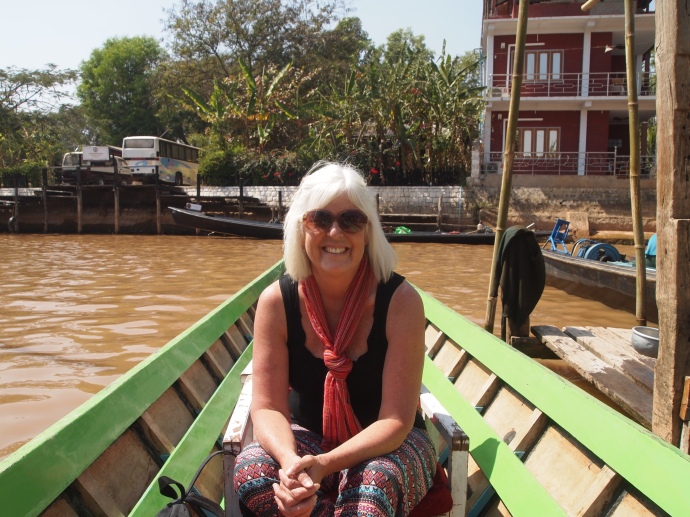
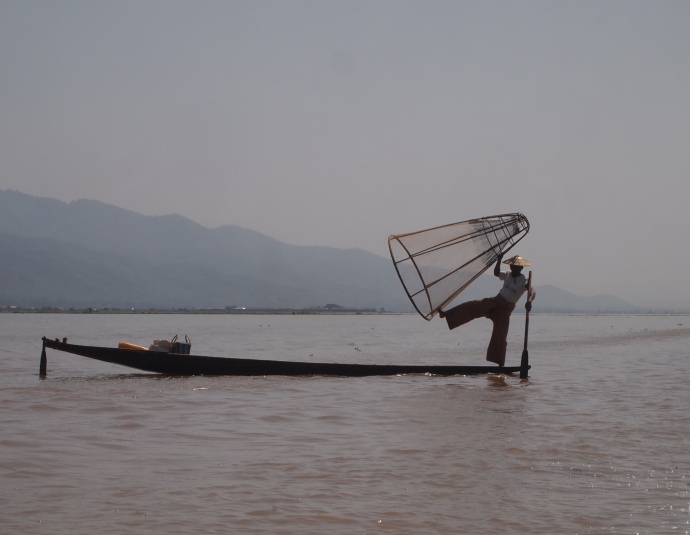


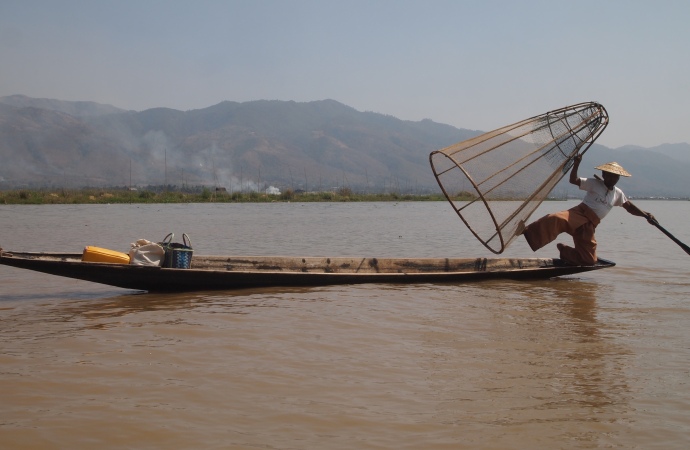
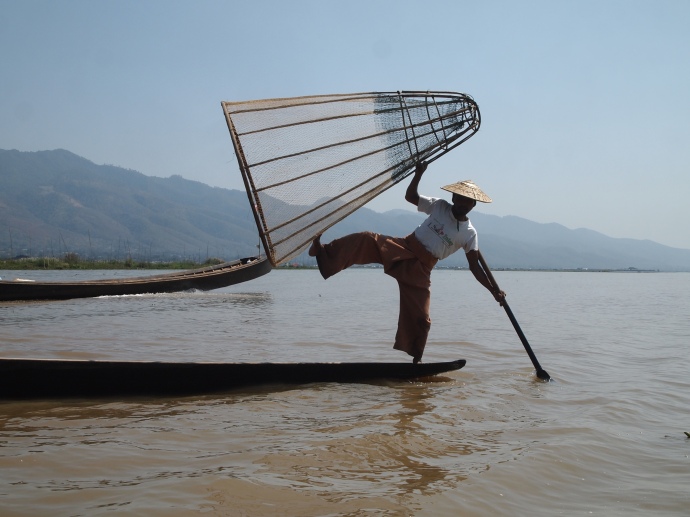
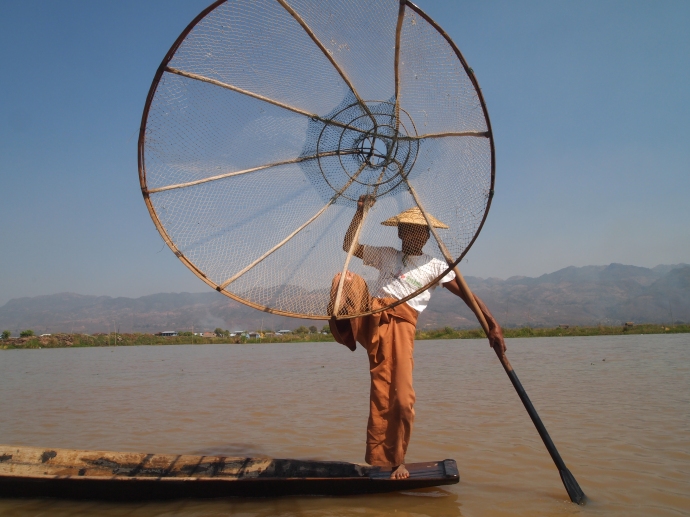
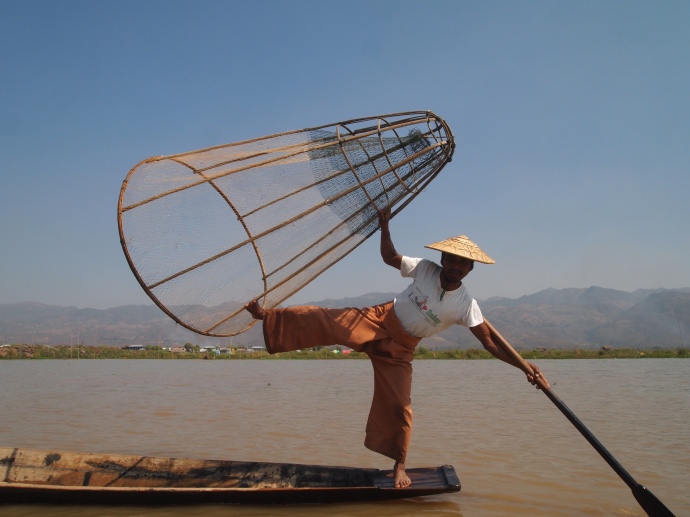

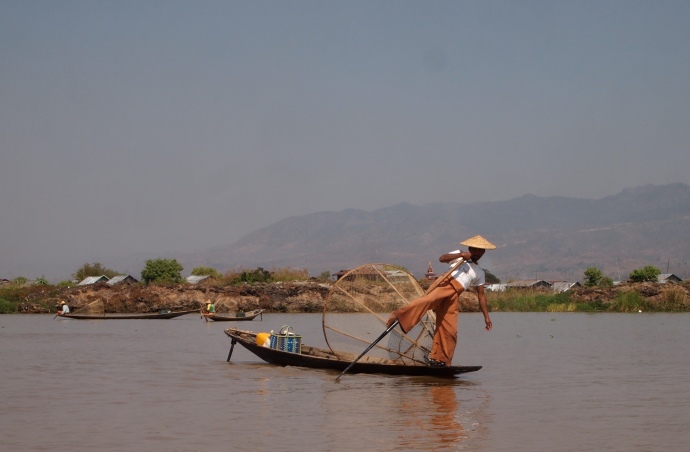

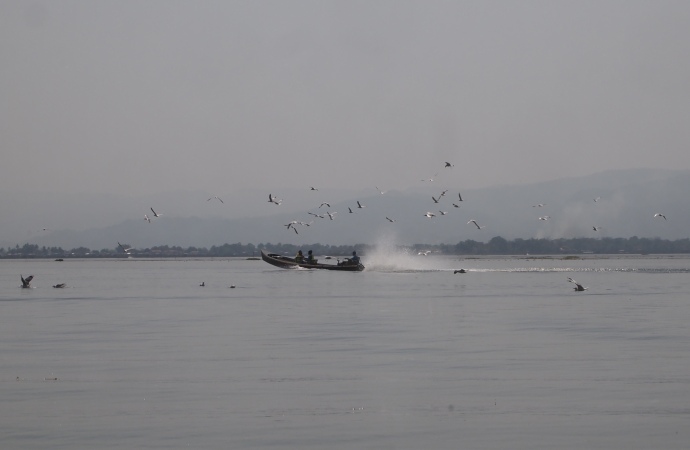
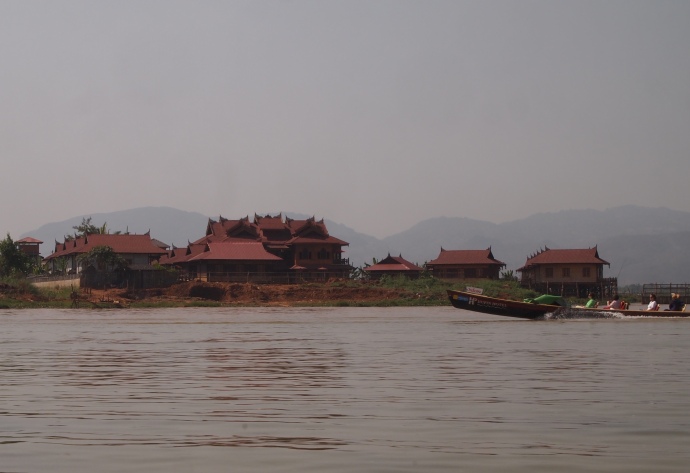
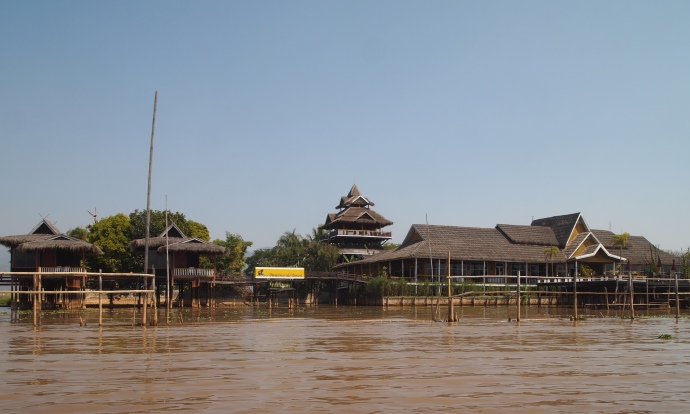

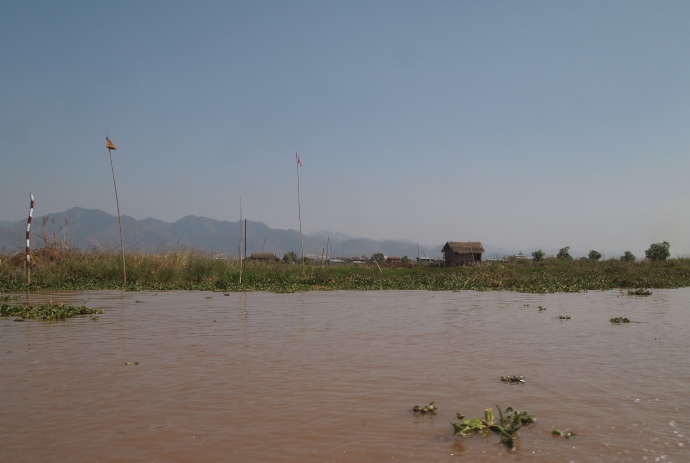
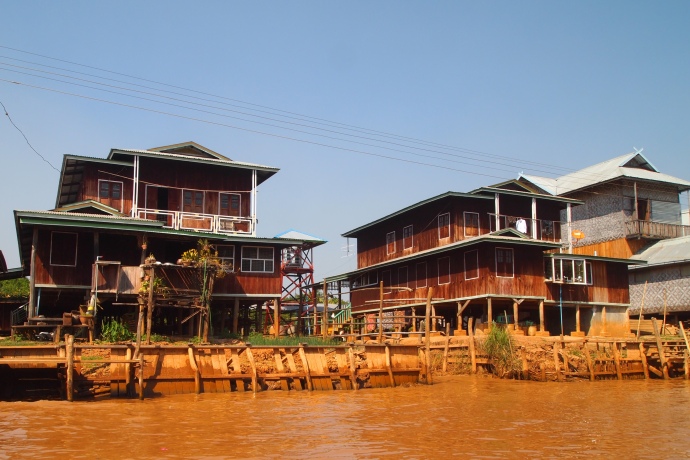
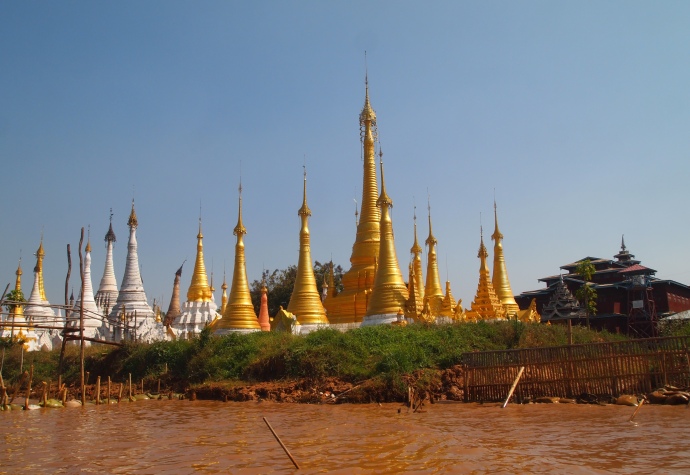

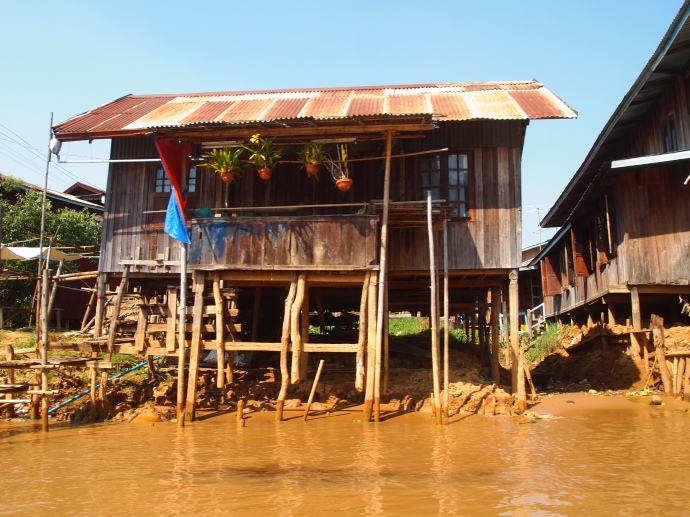
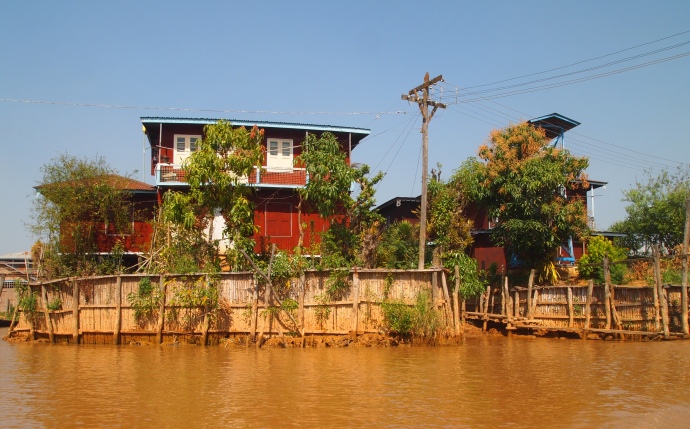
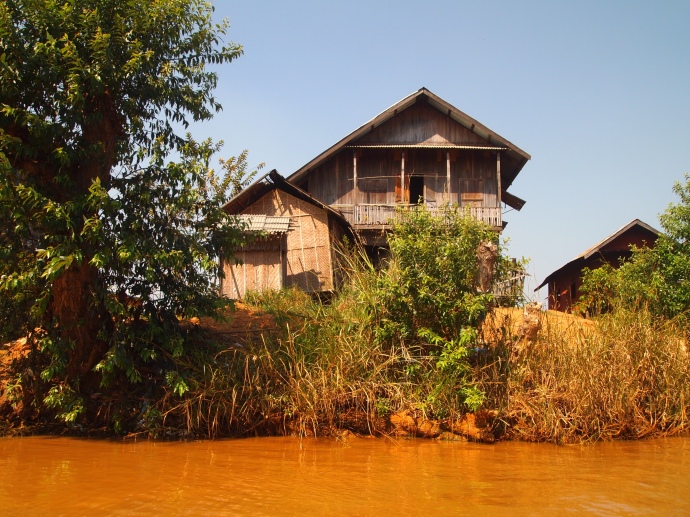
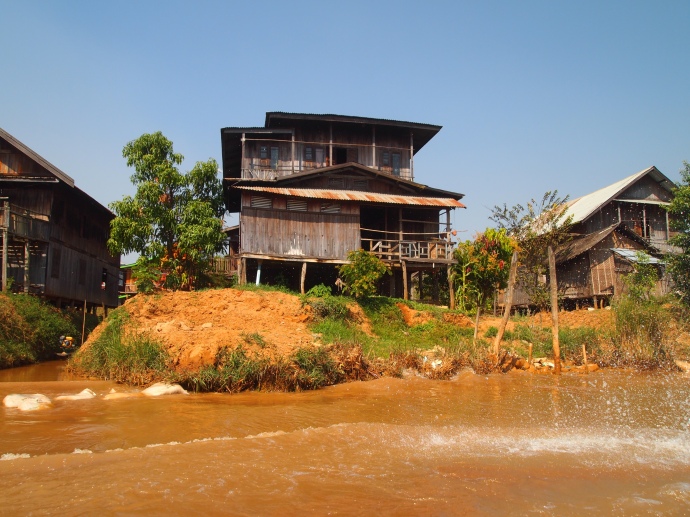
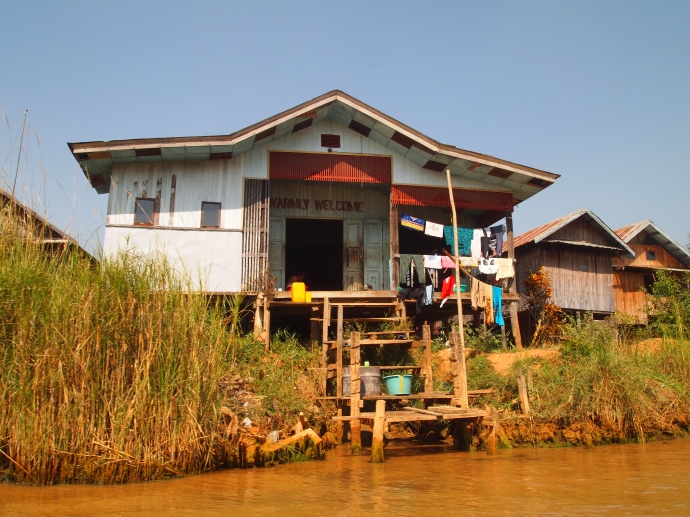
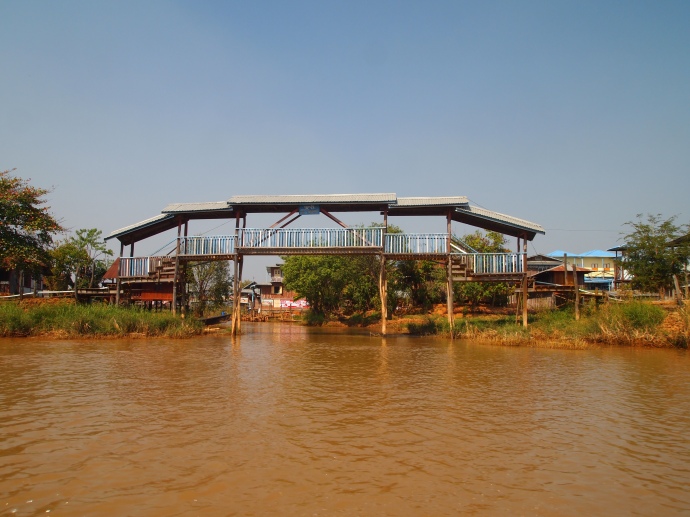
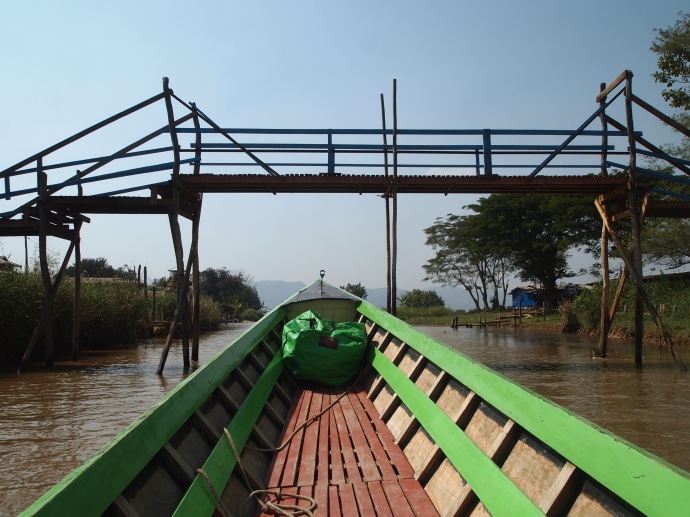
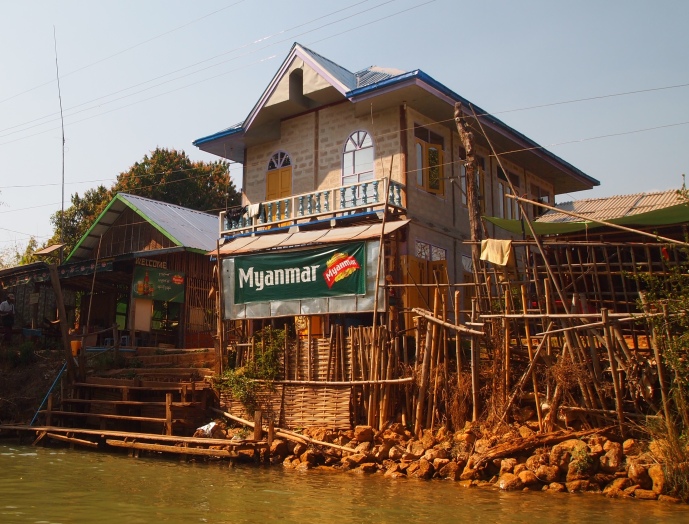
You must be logged in to post a comment.